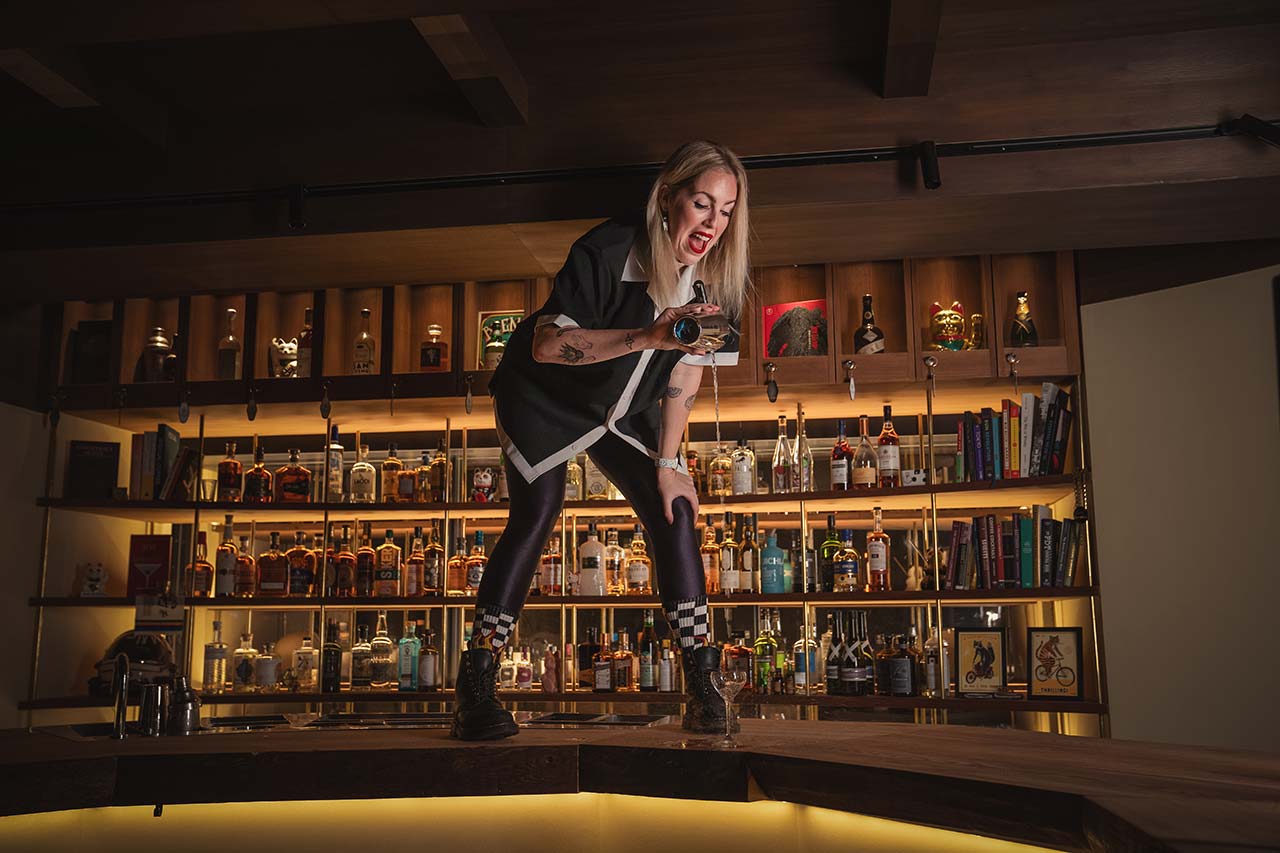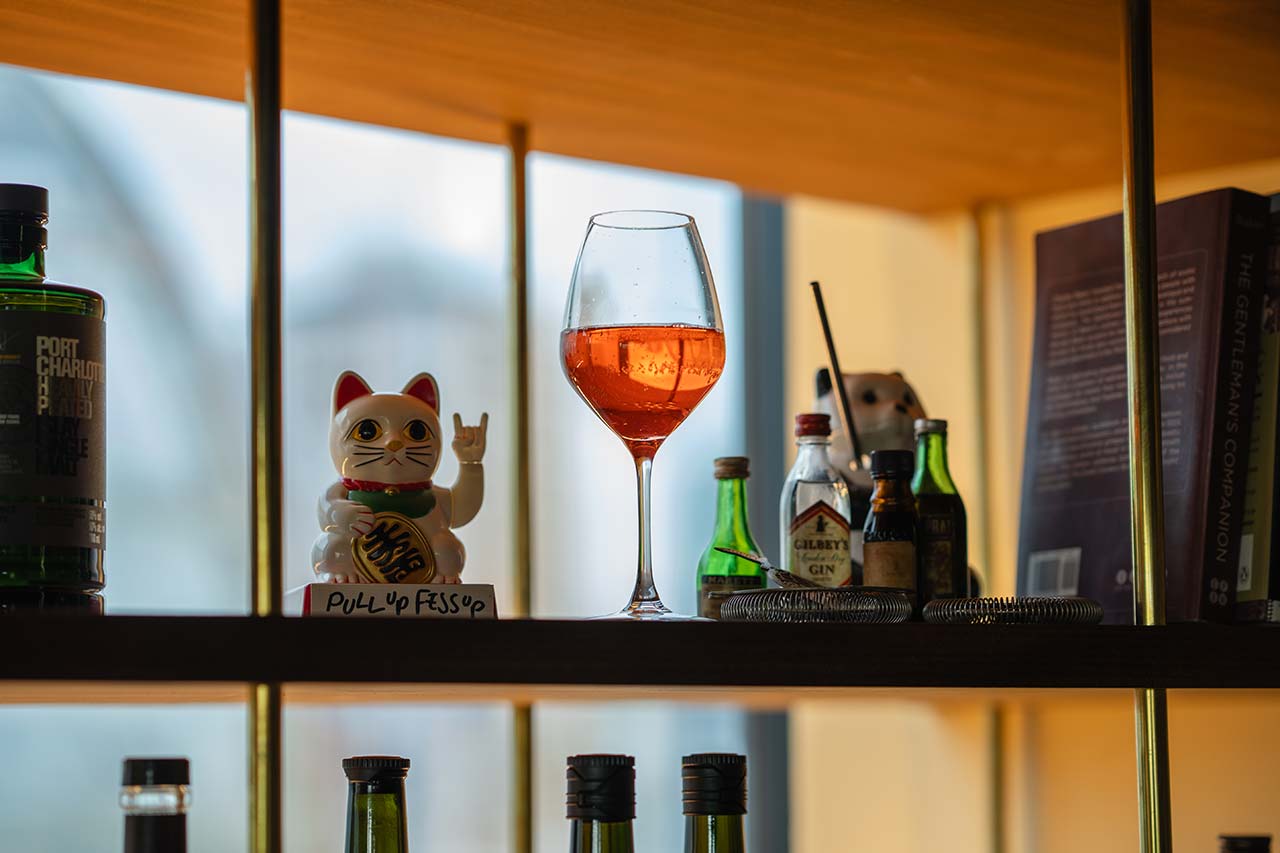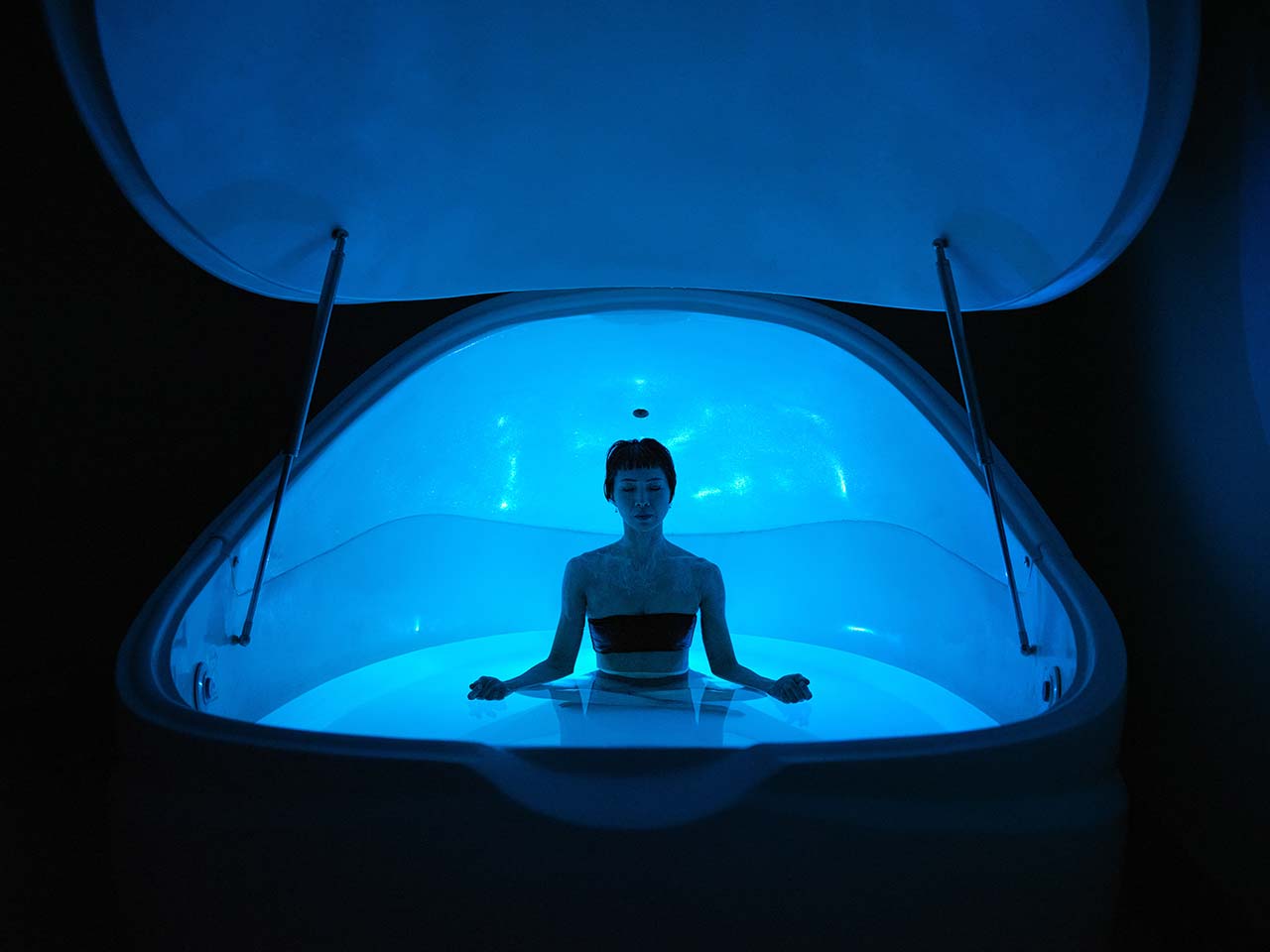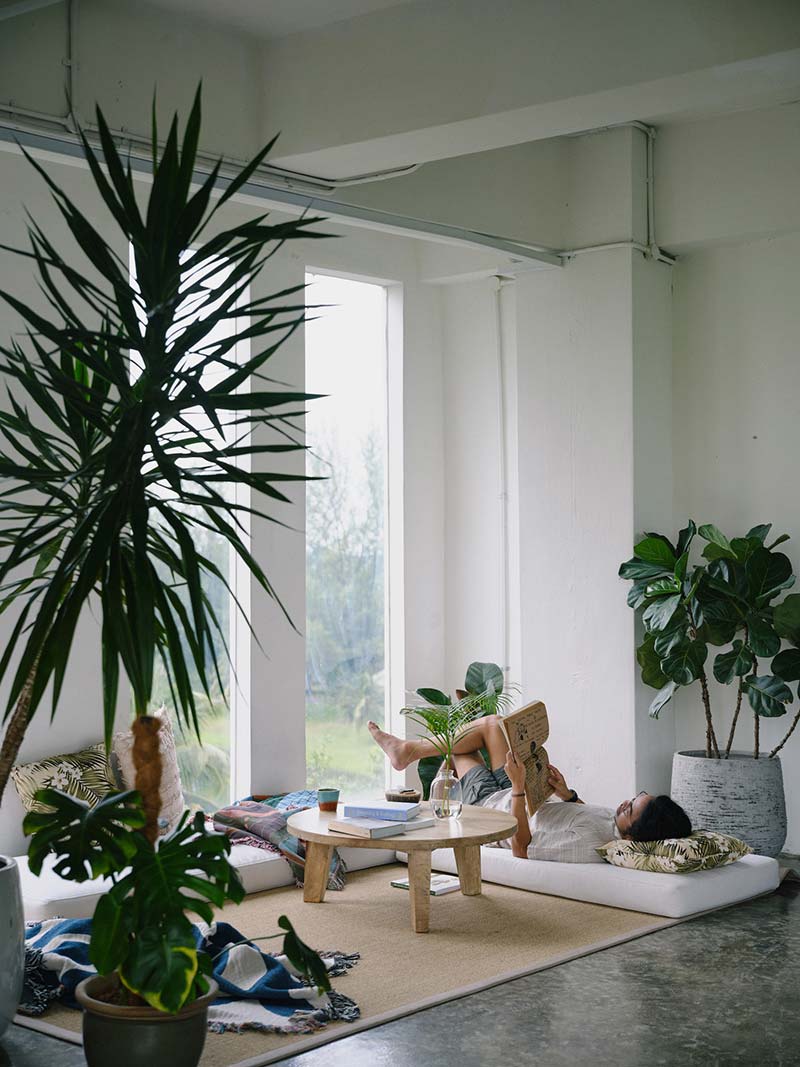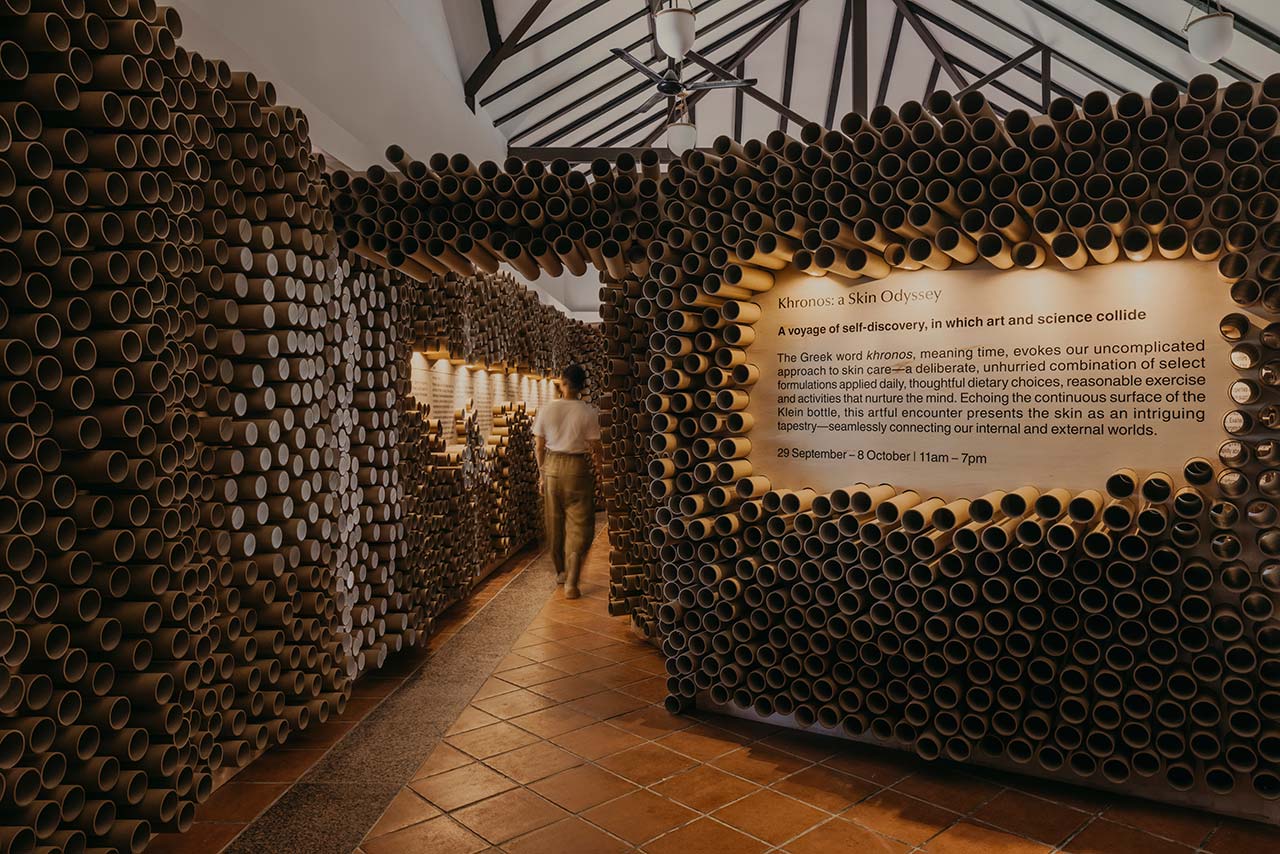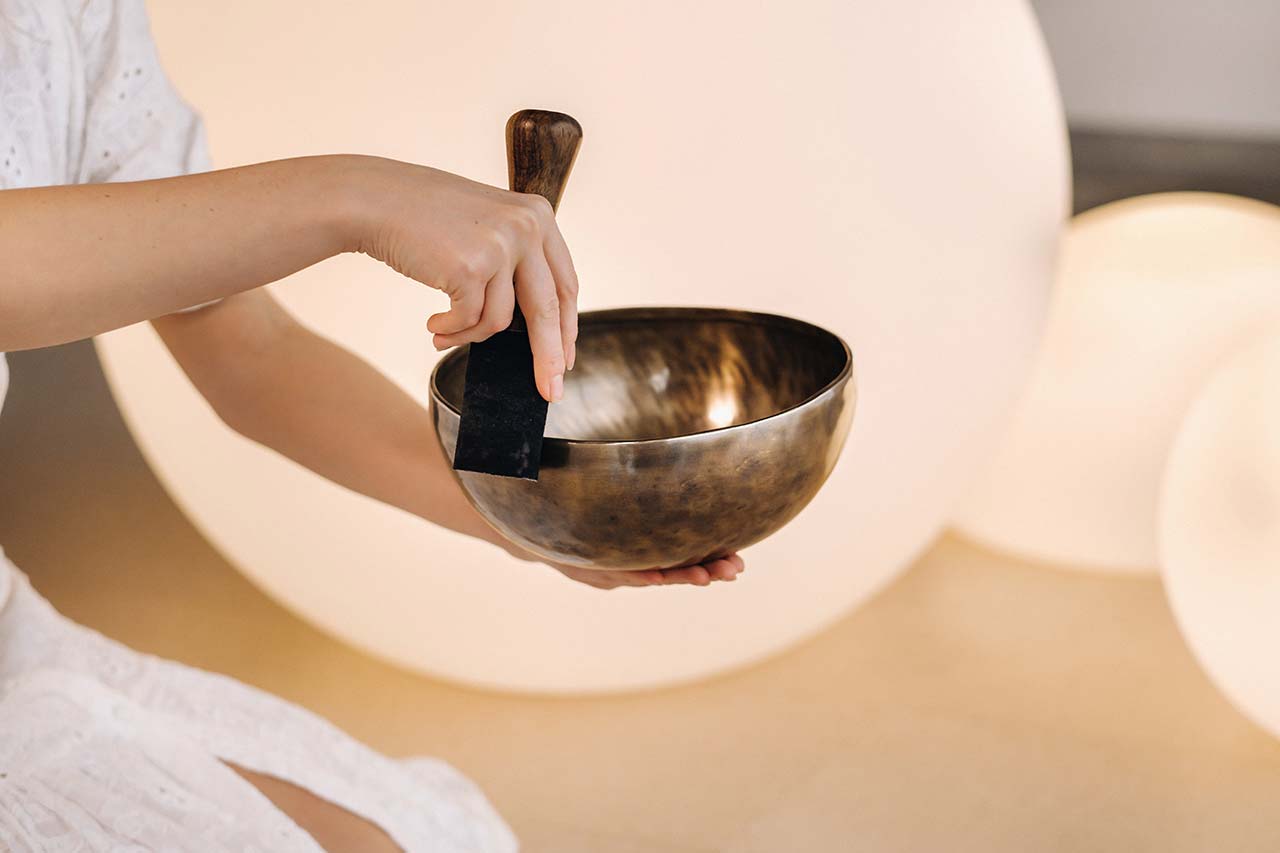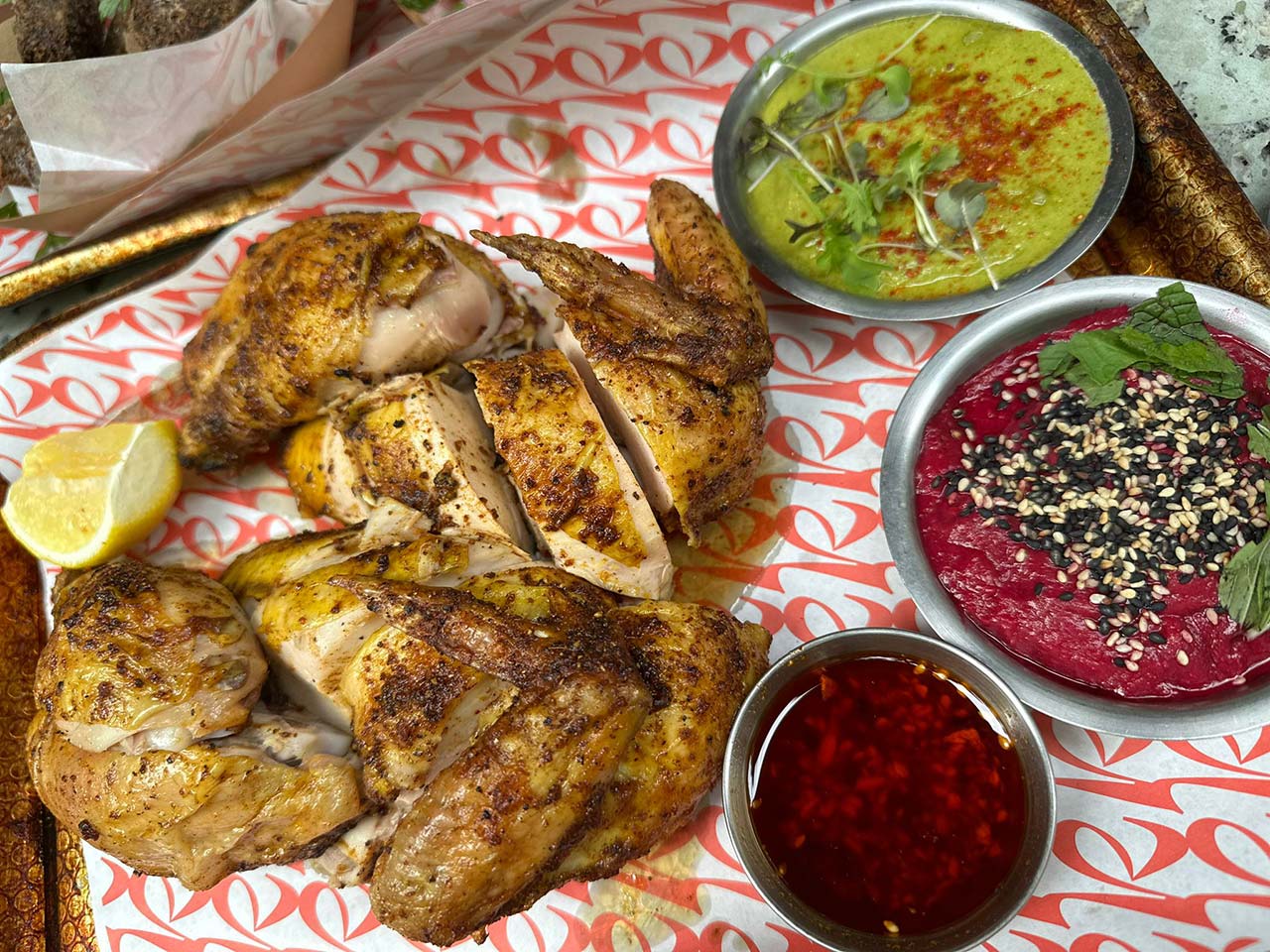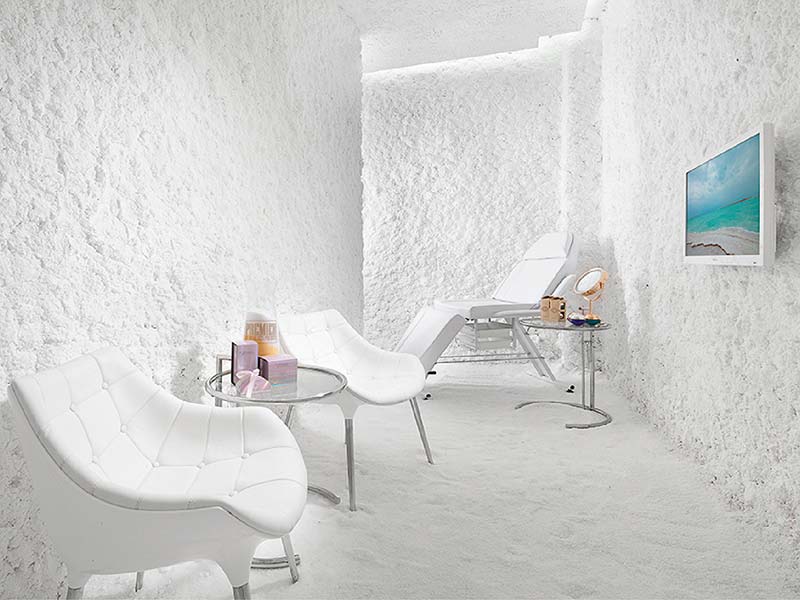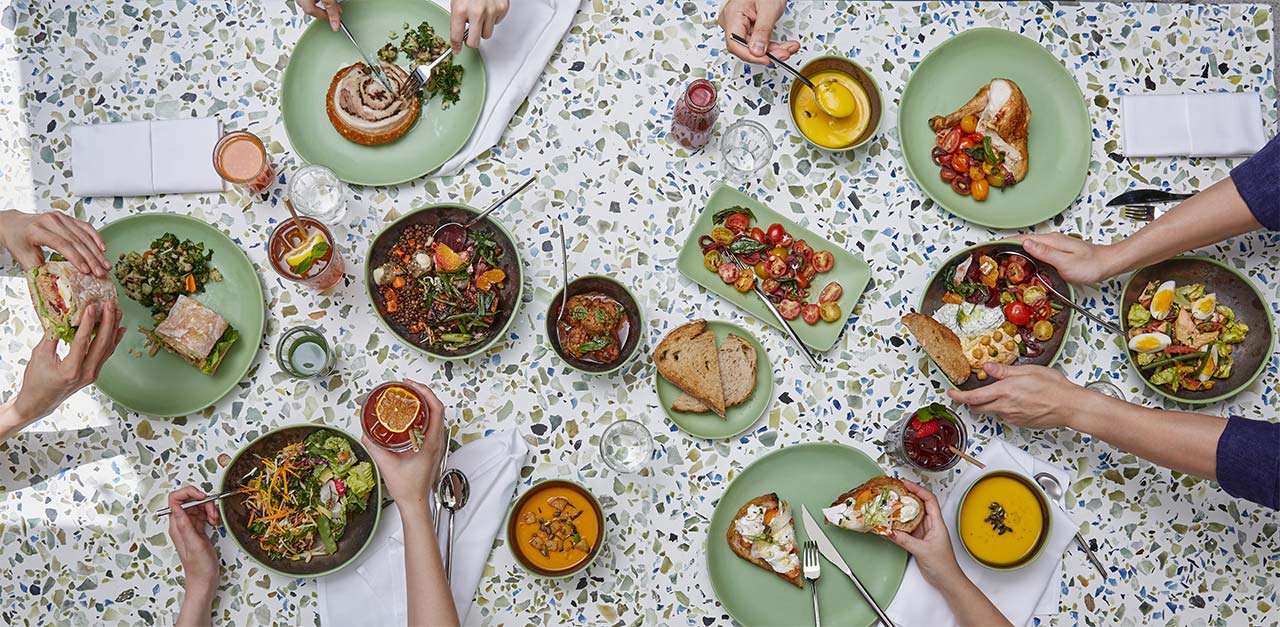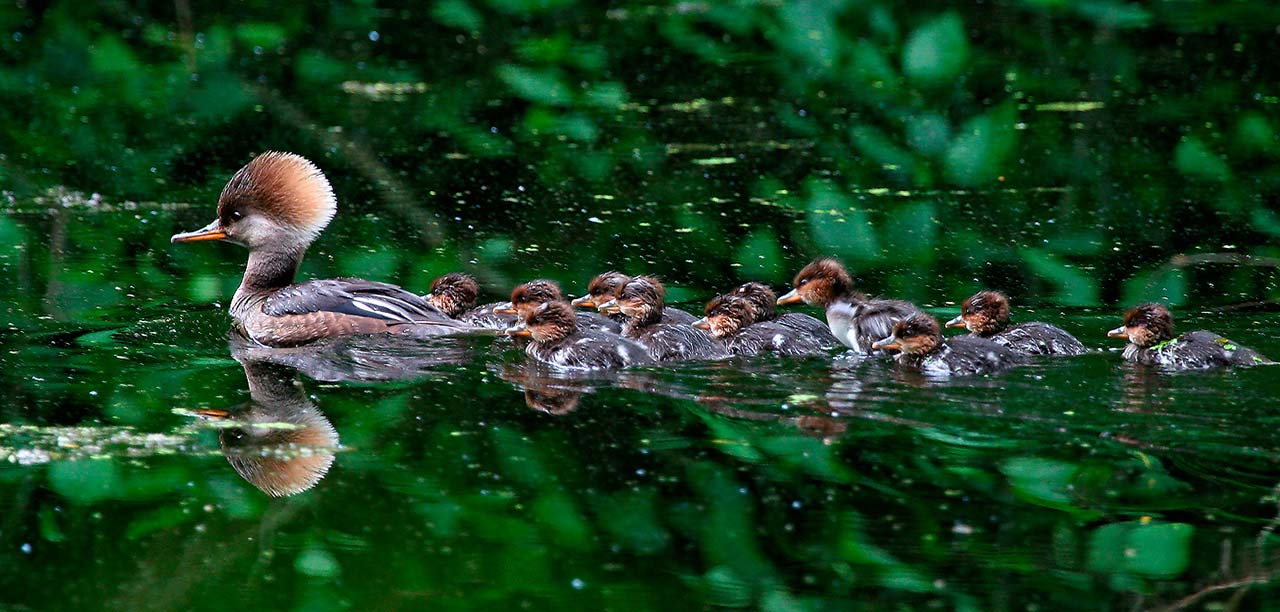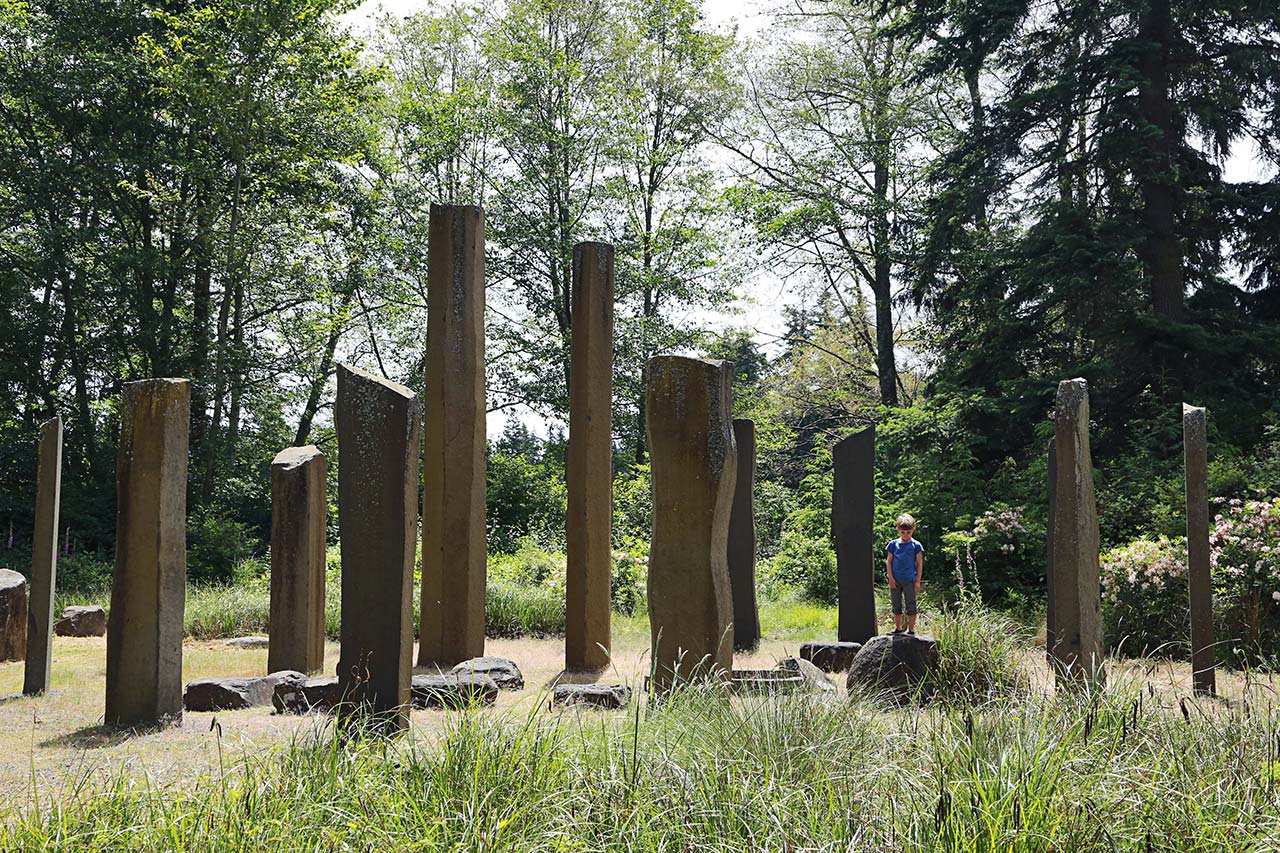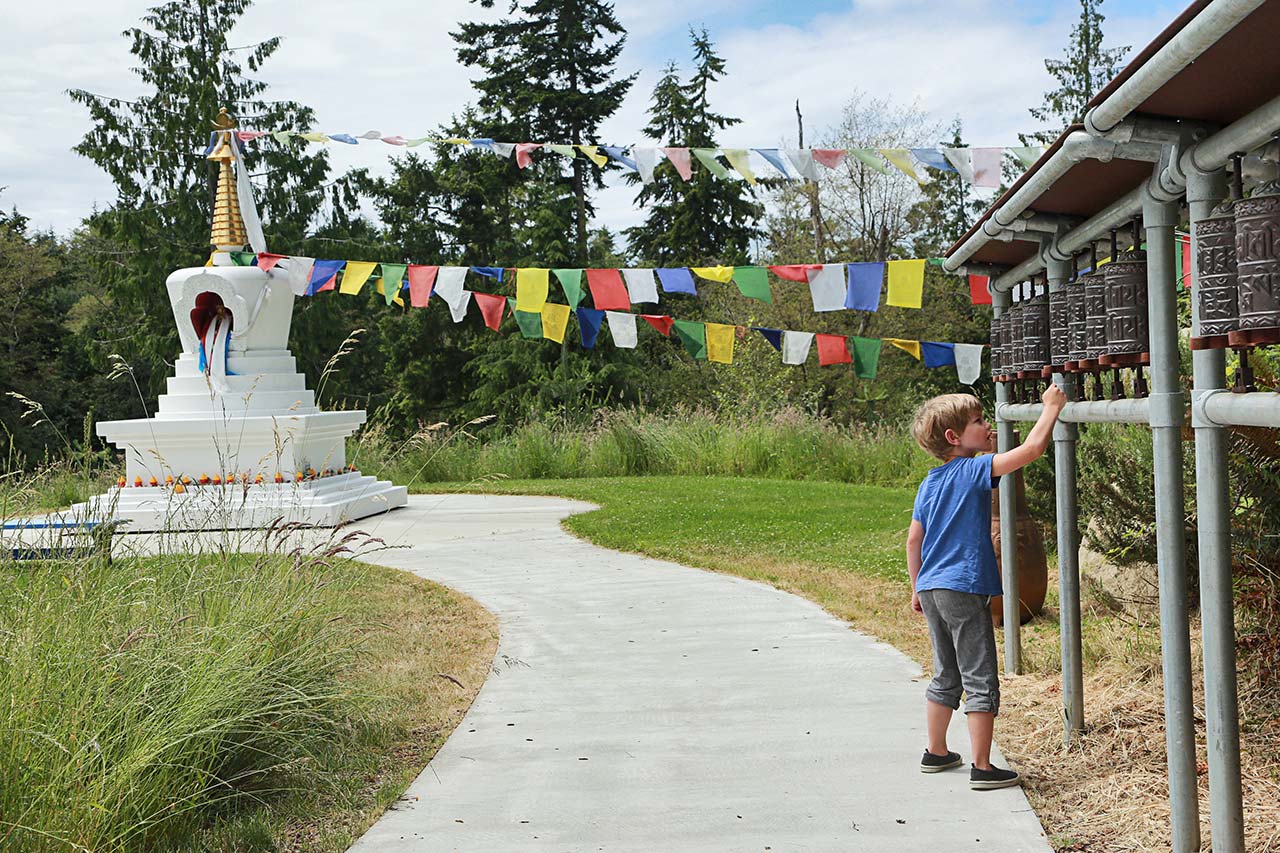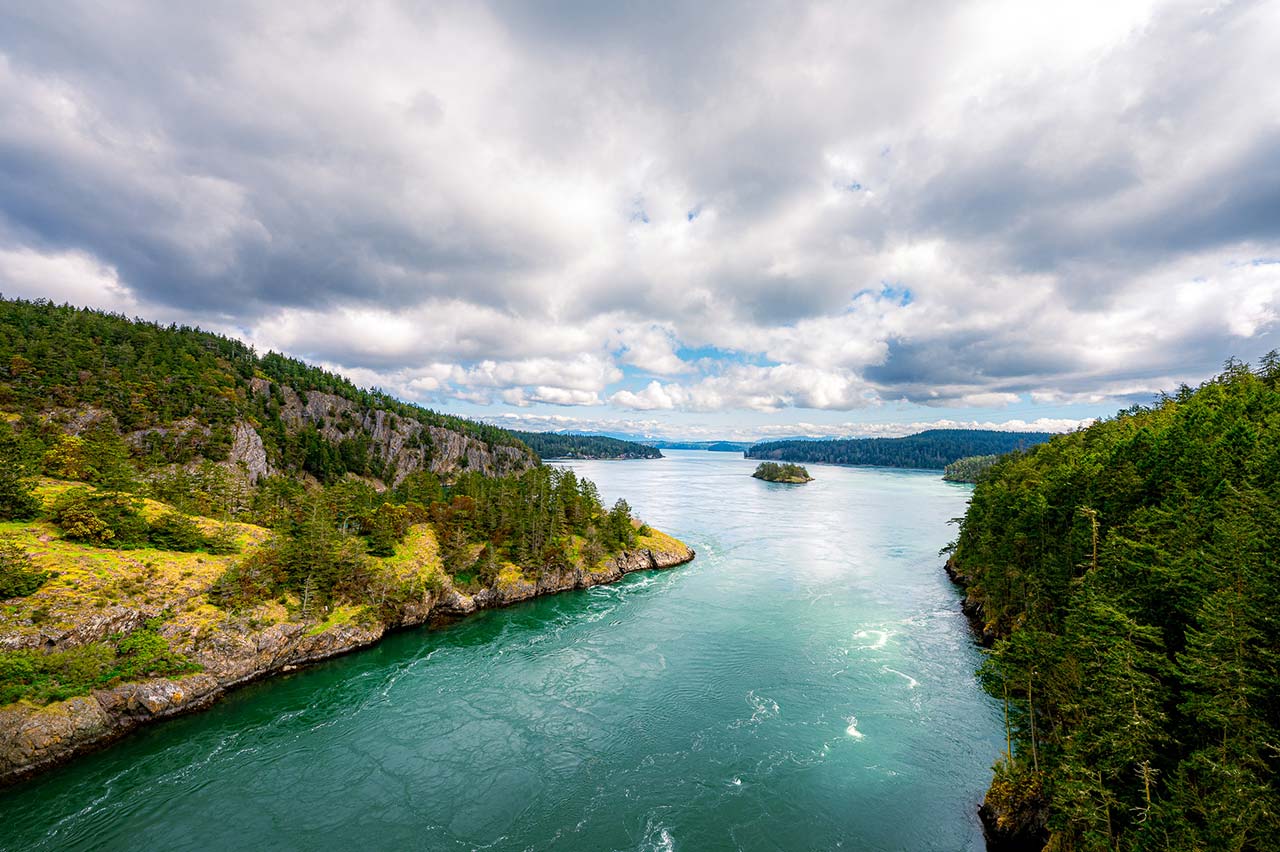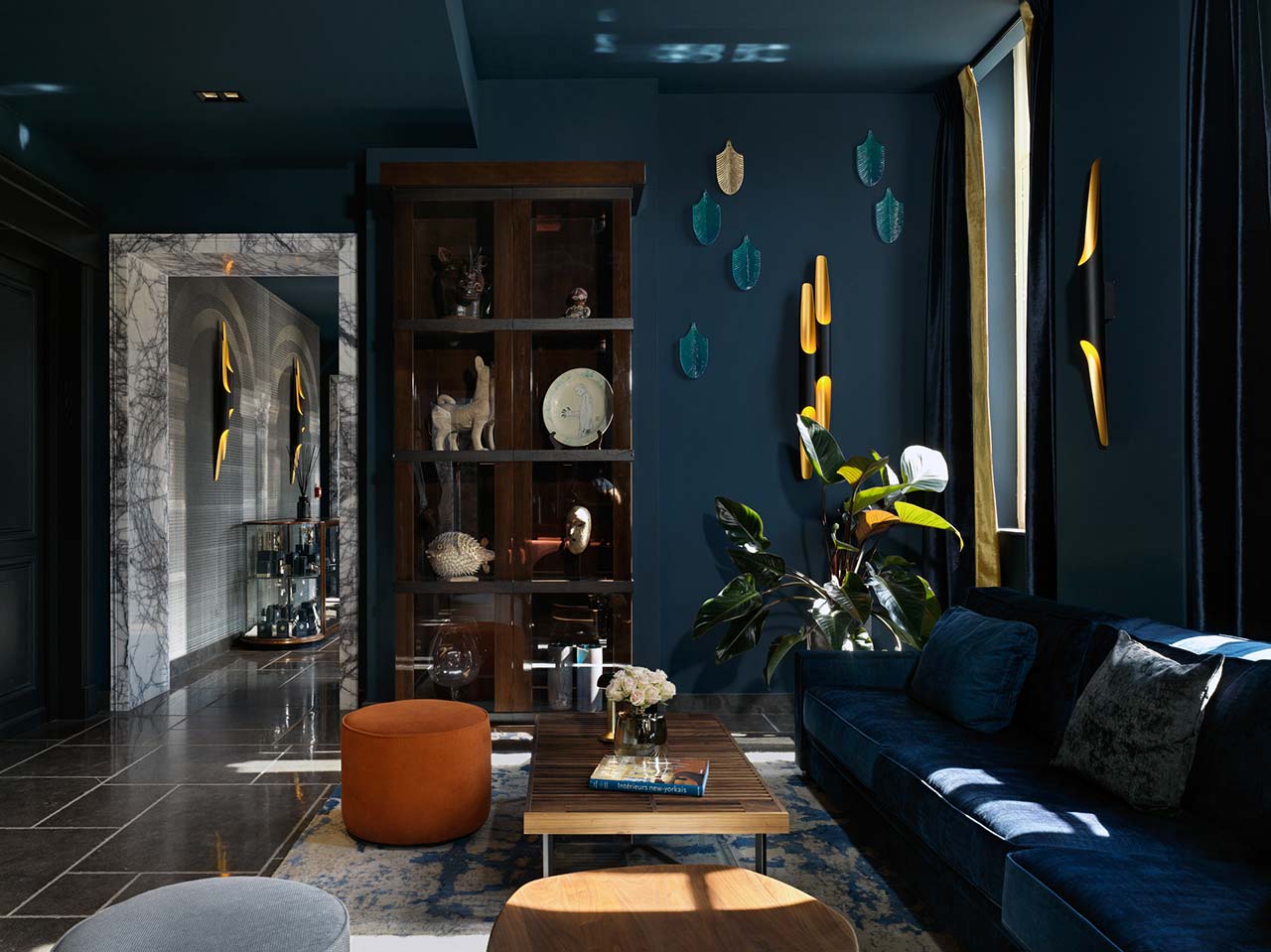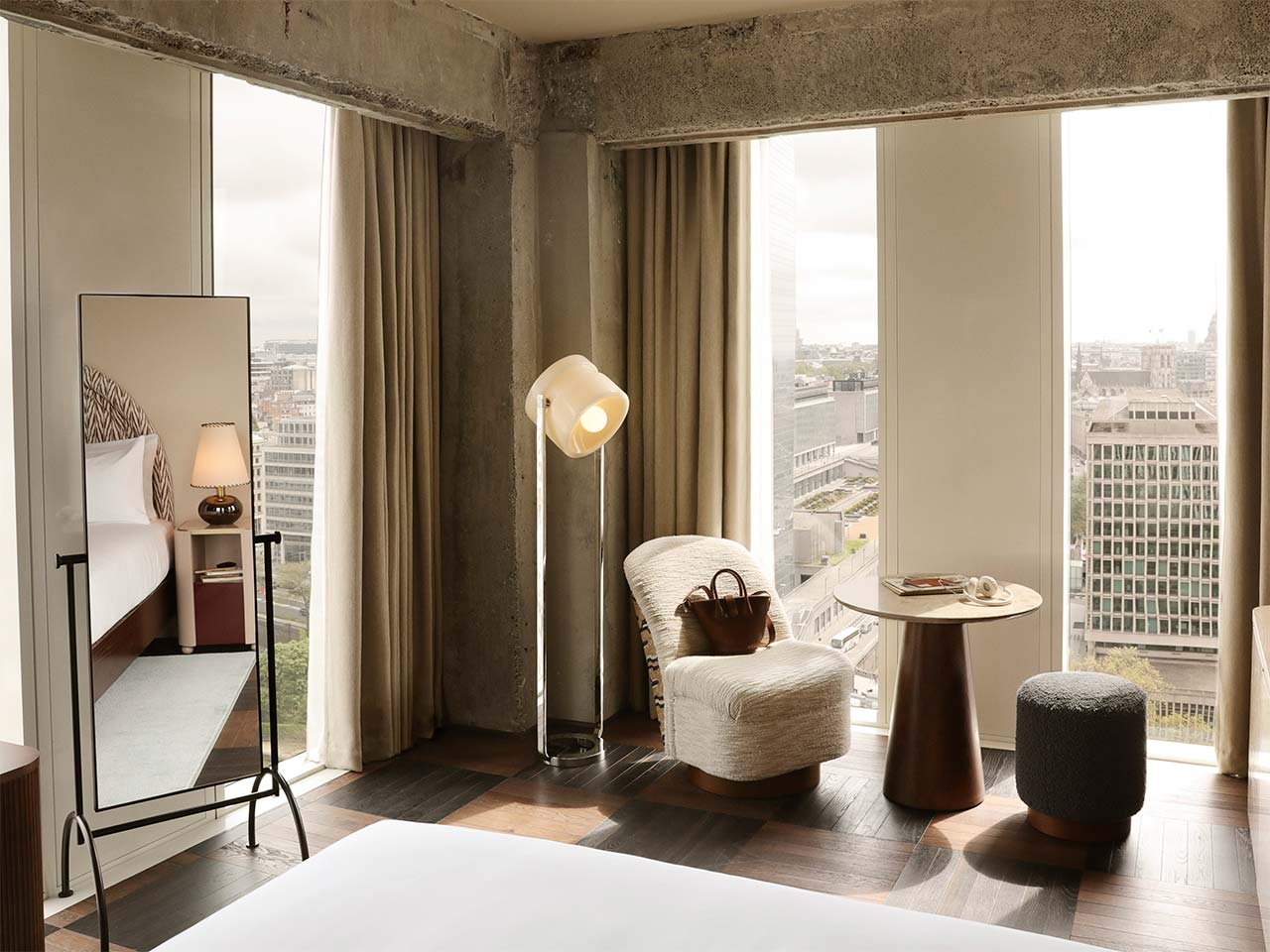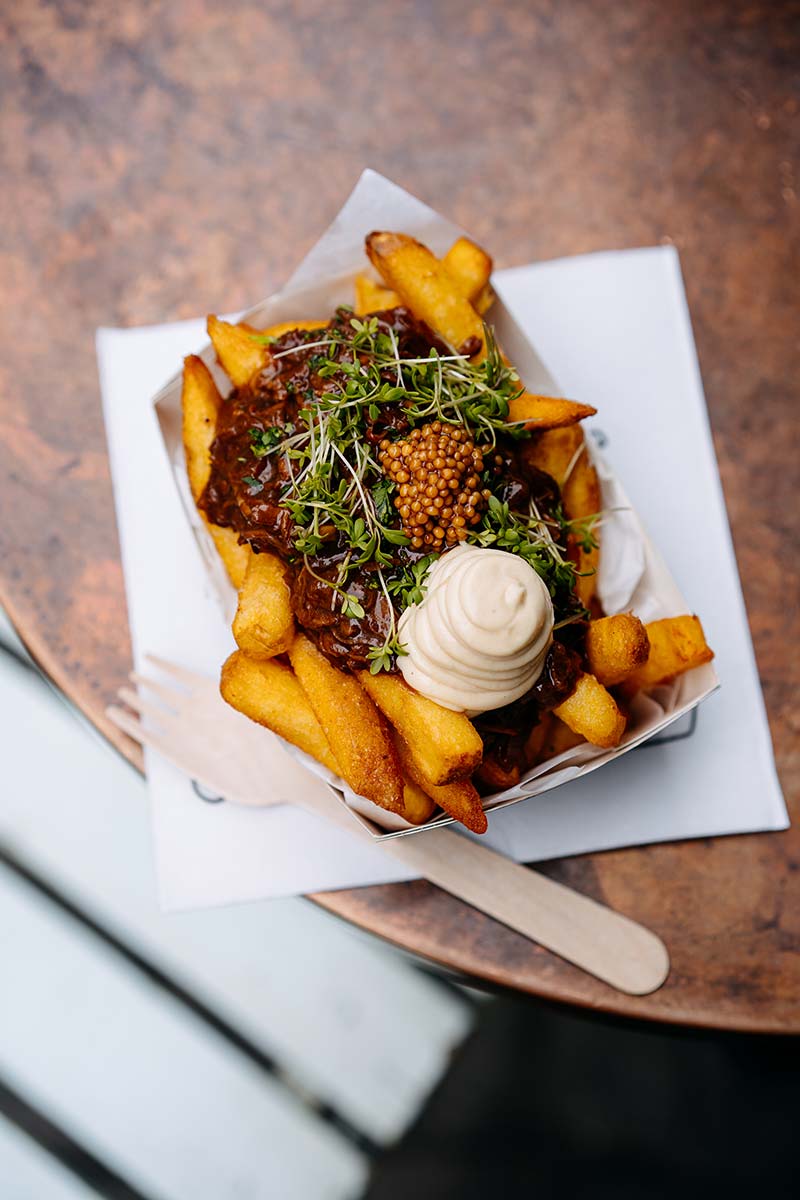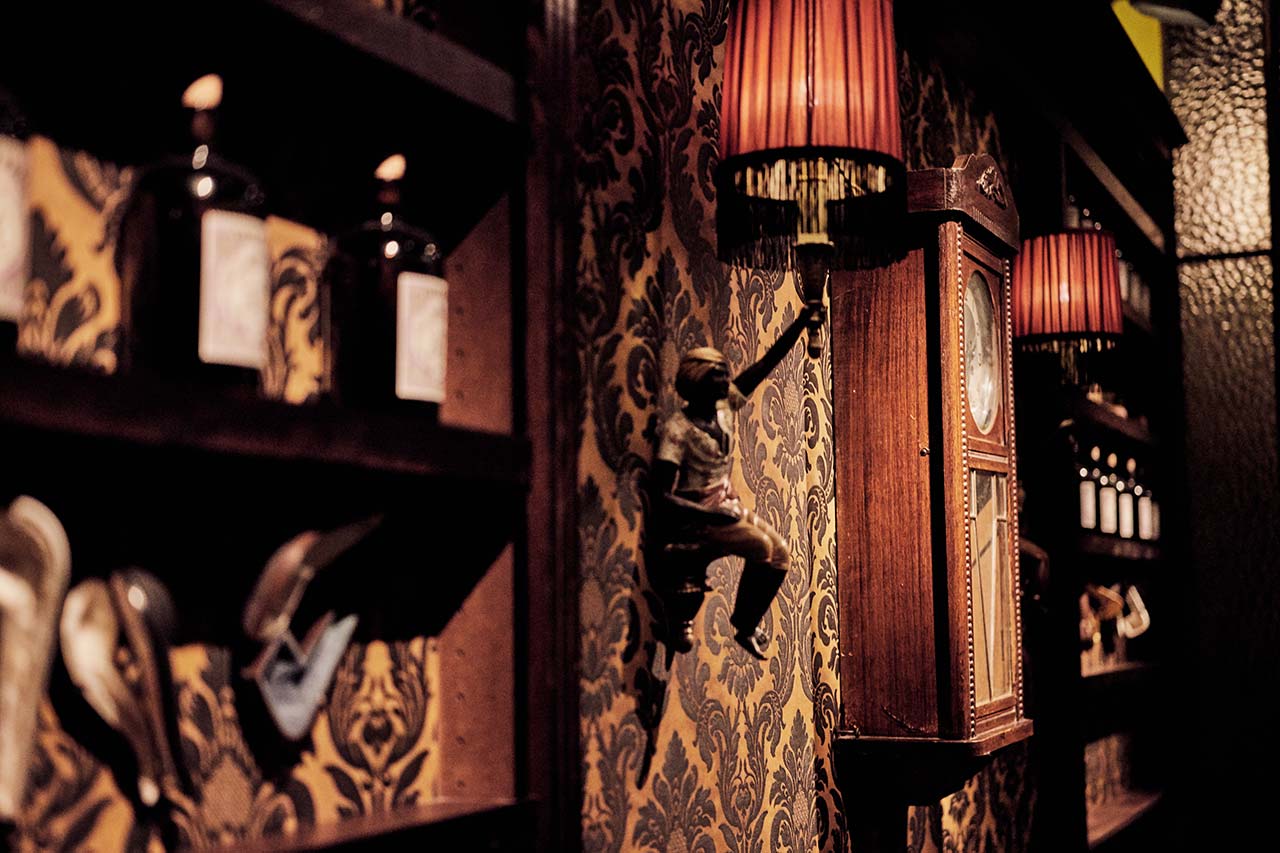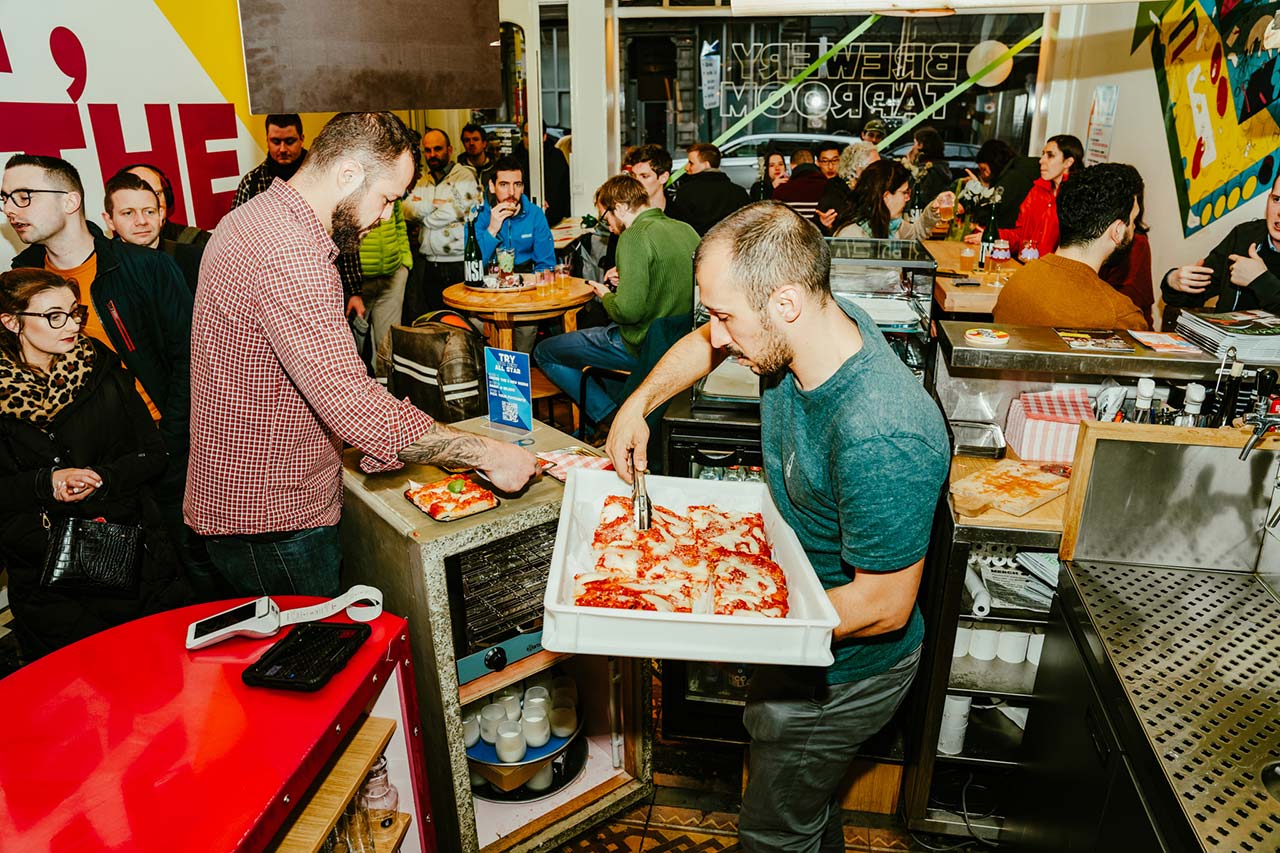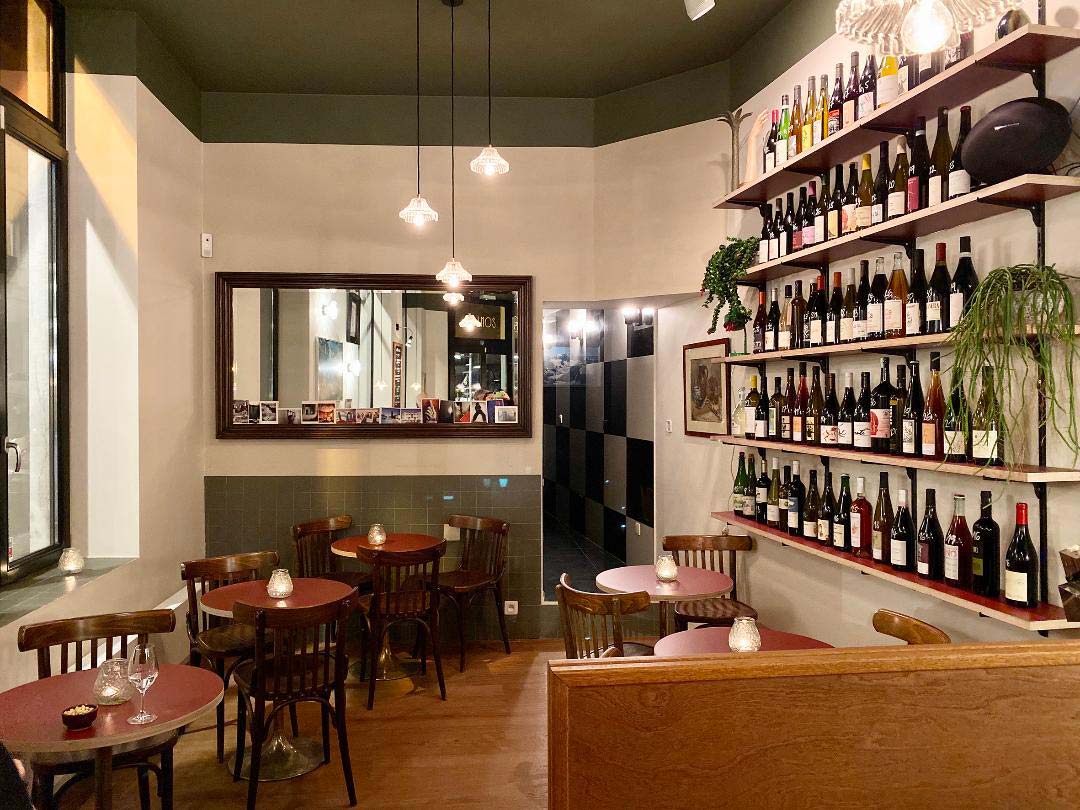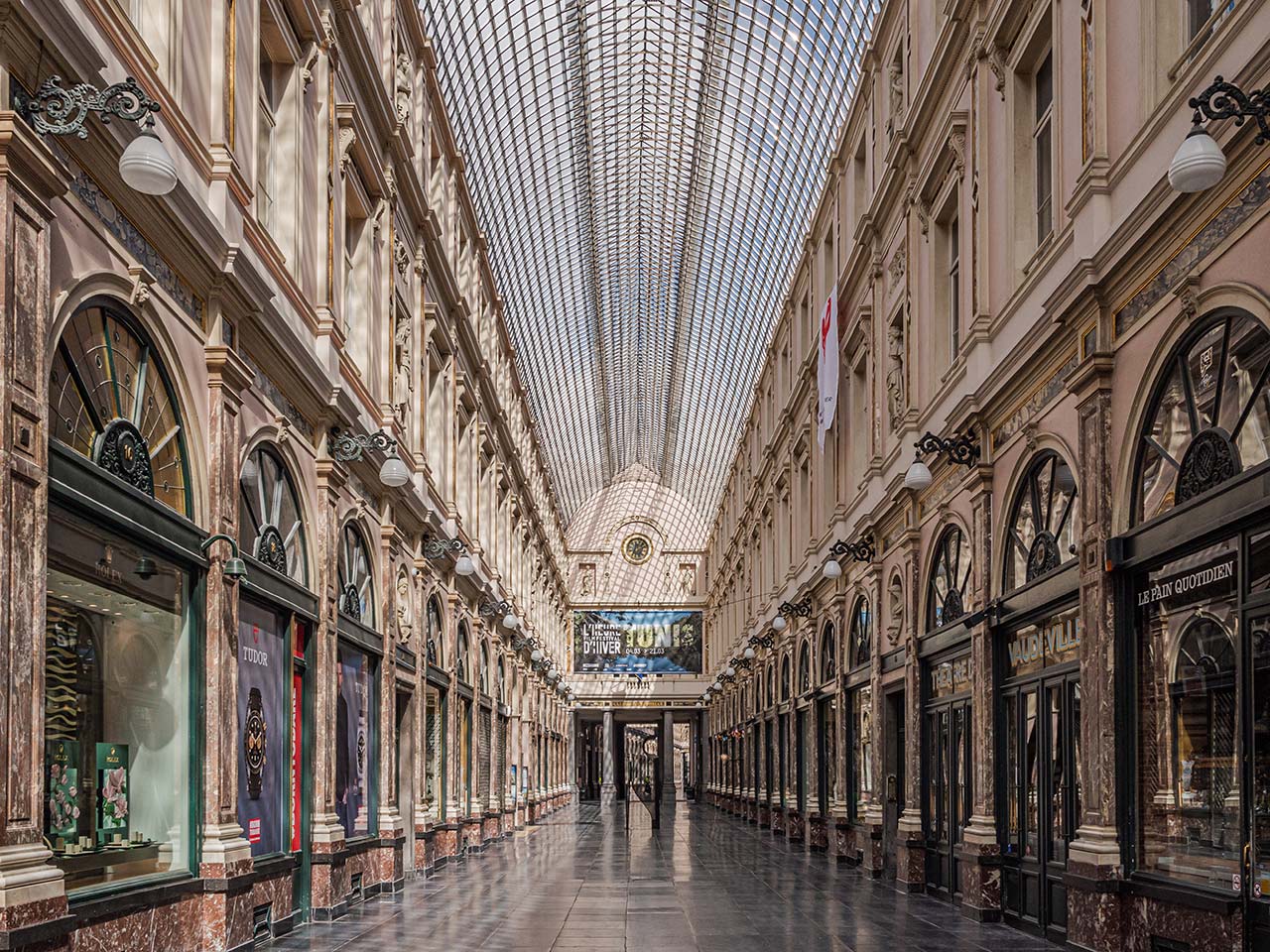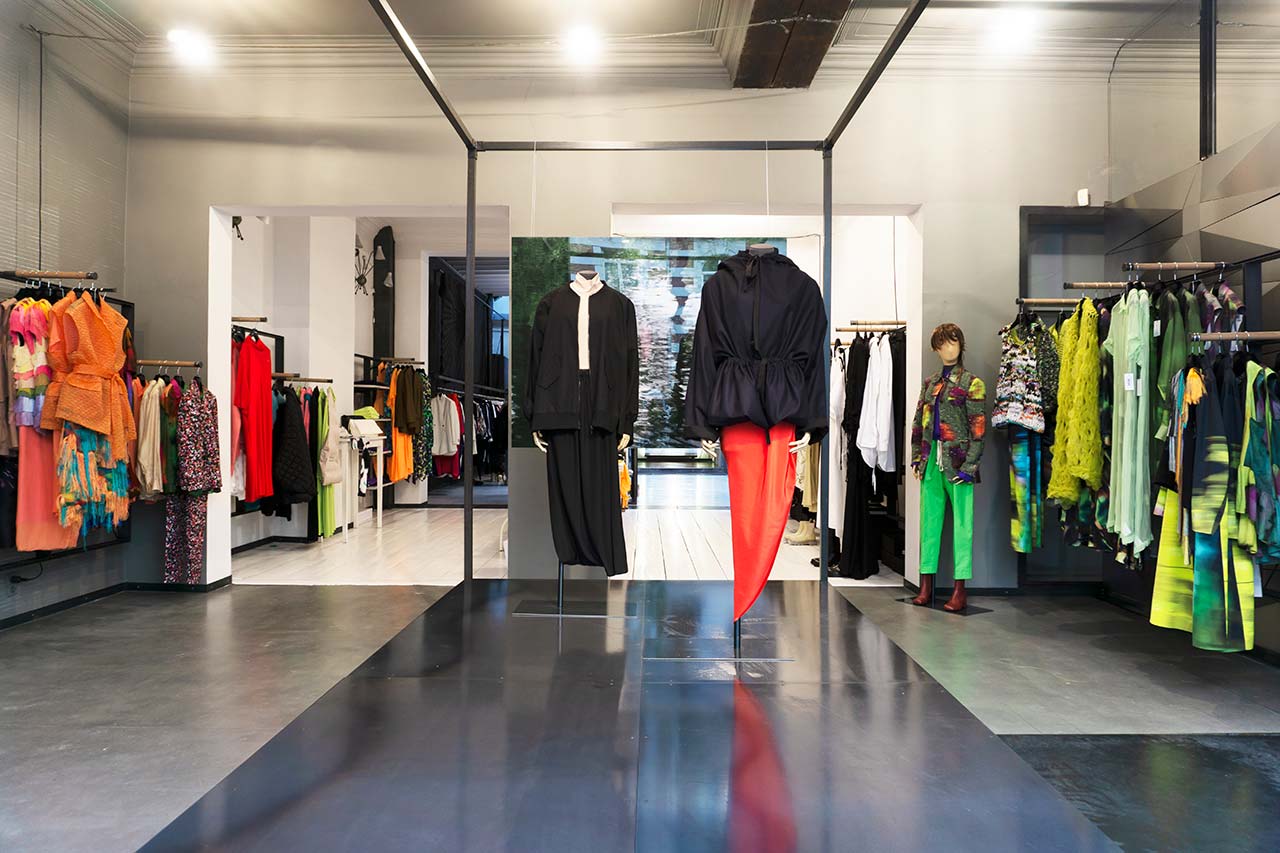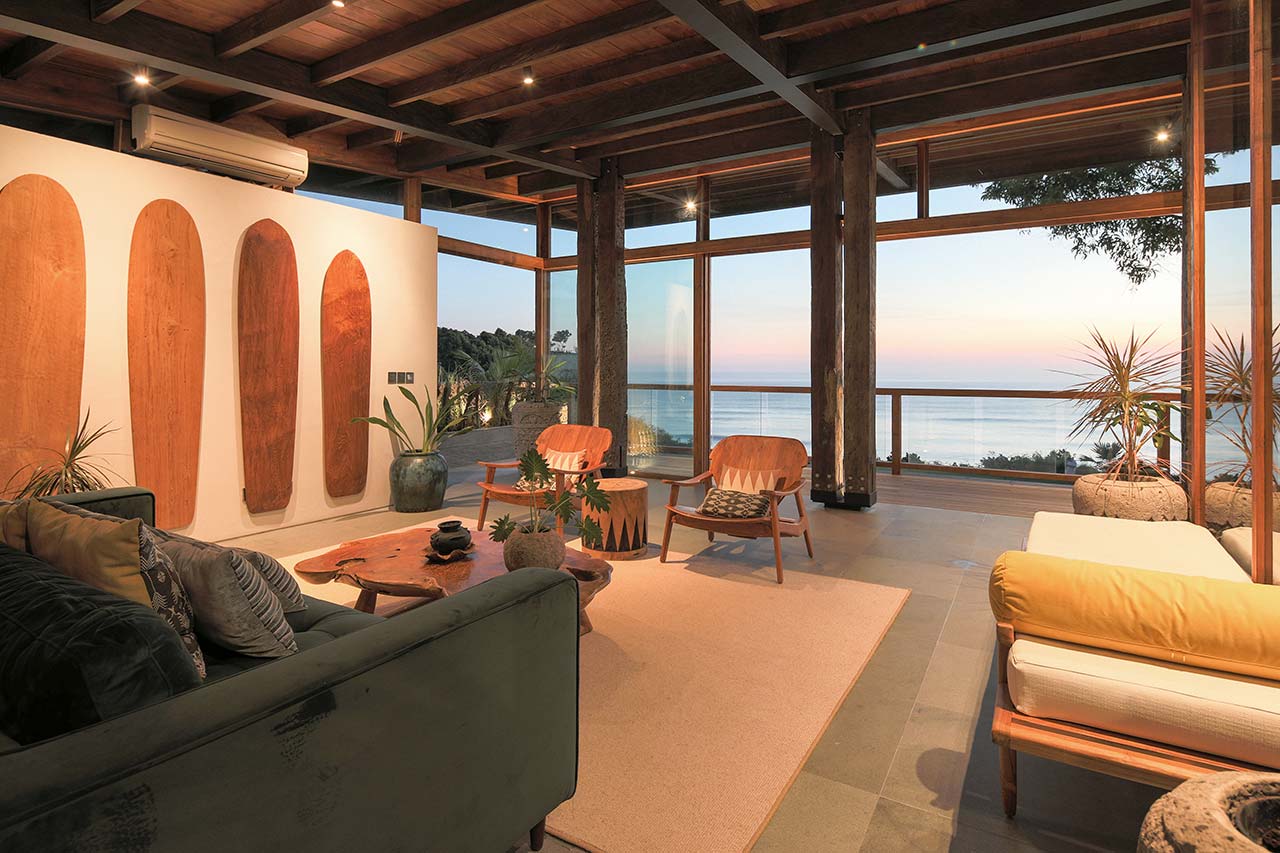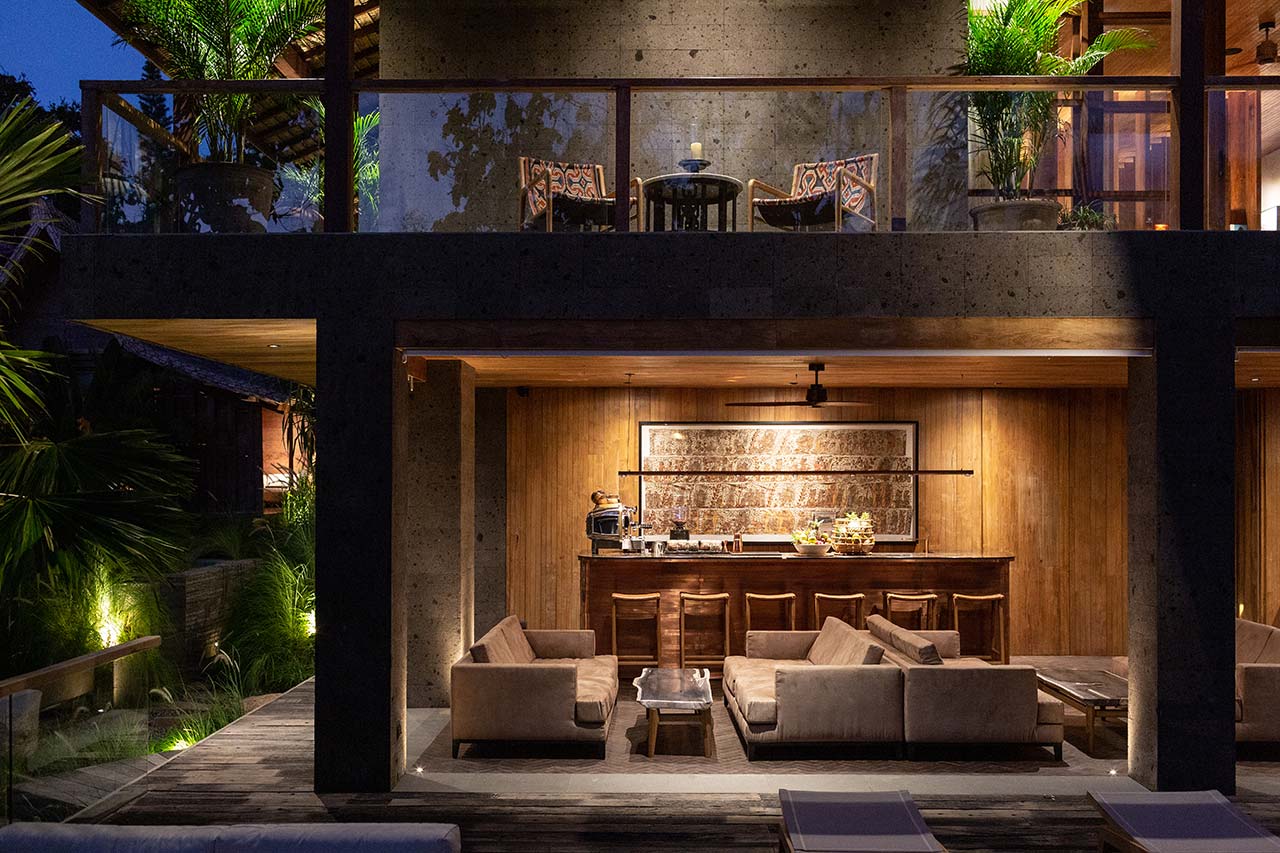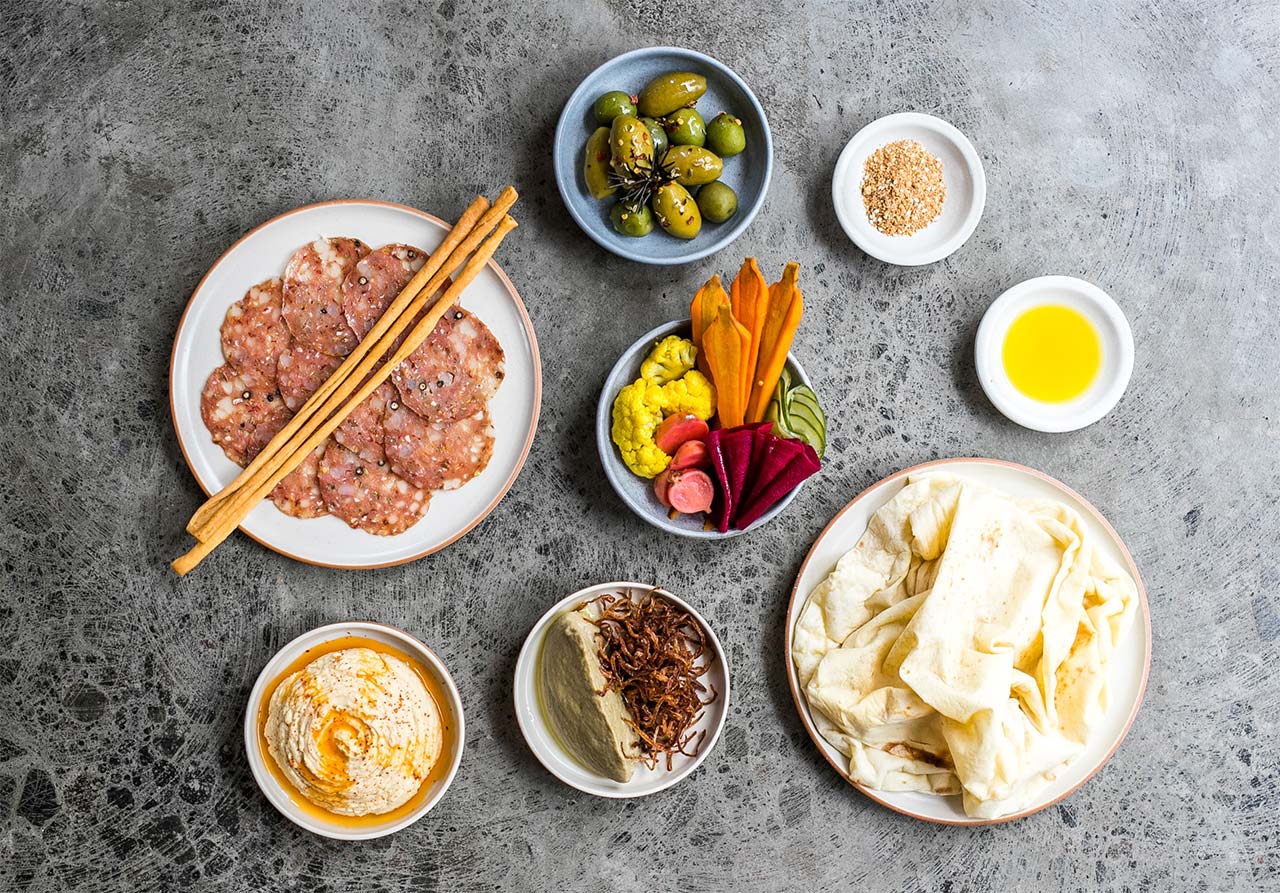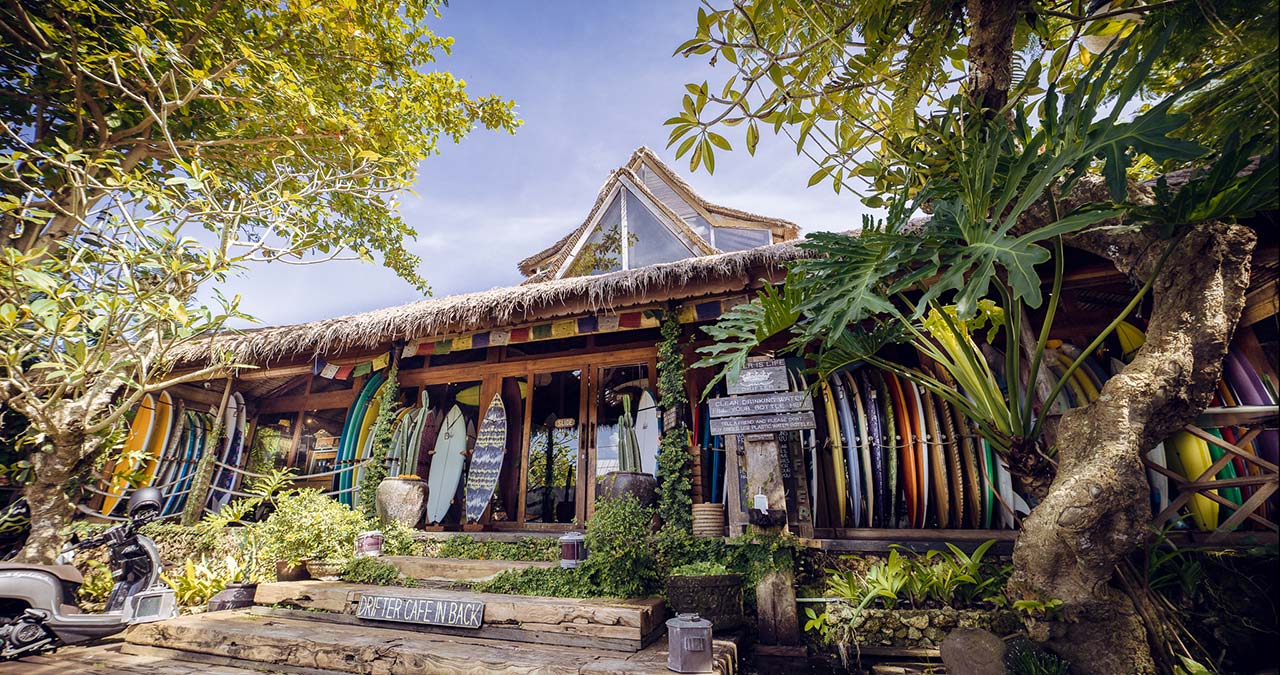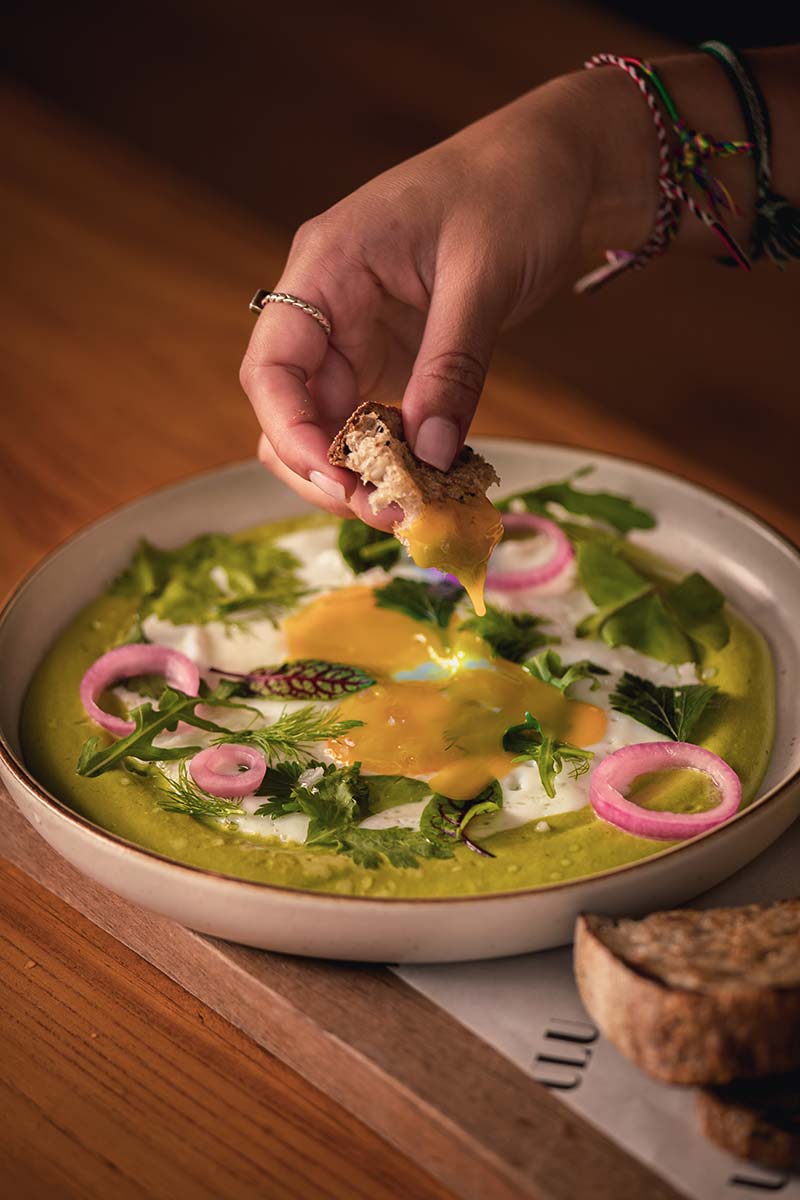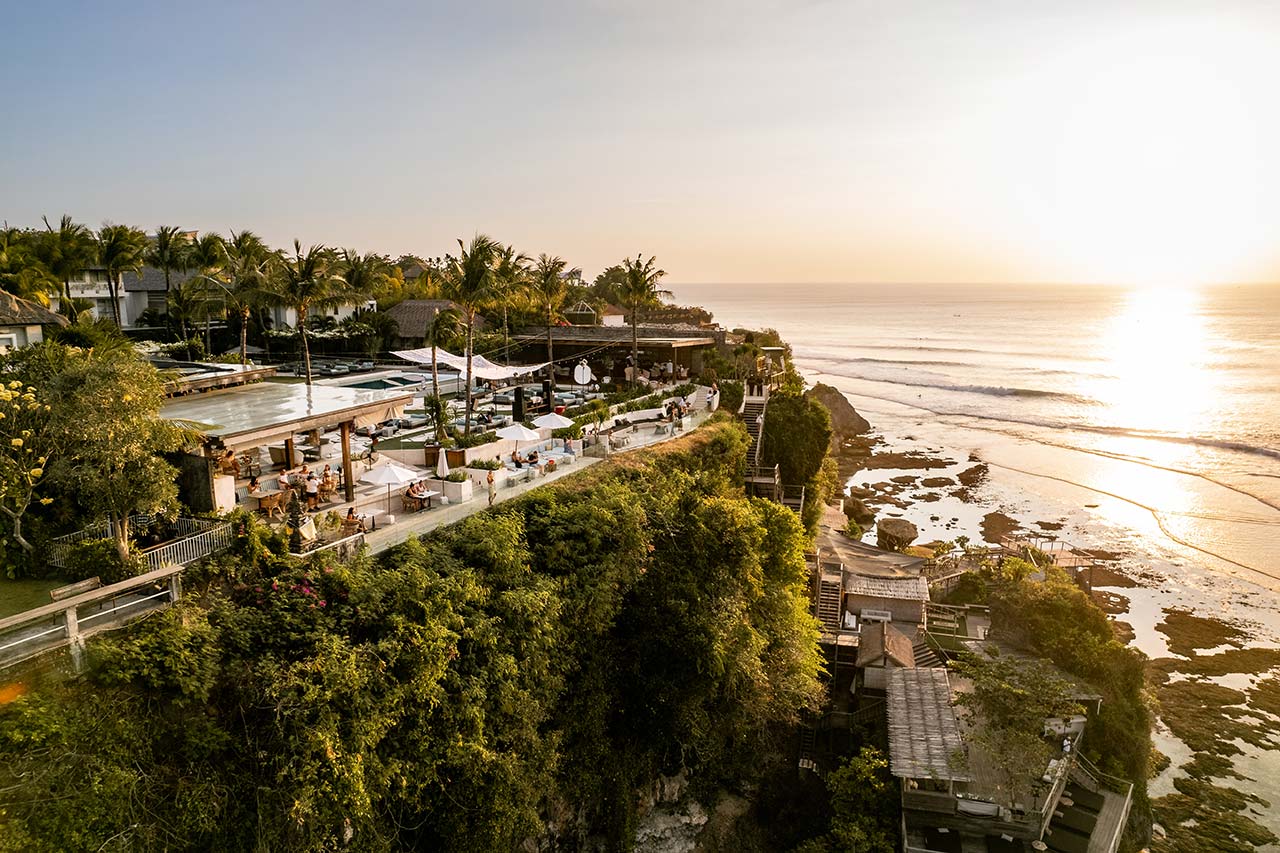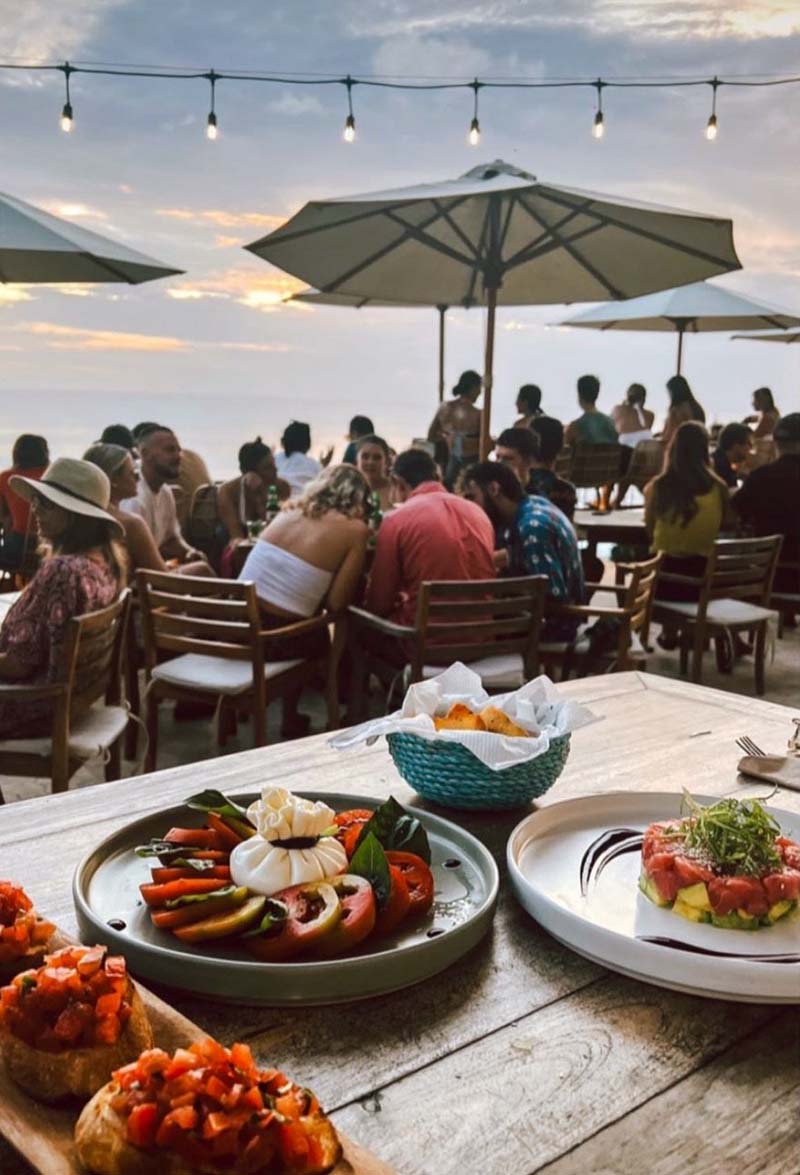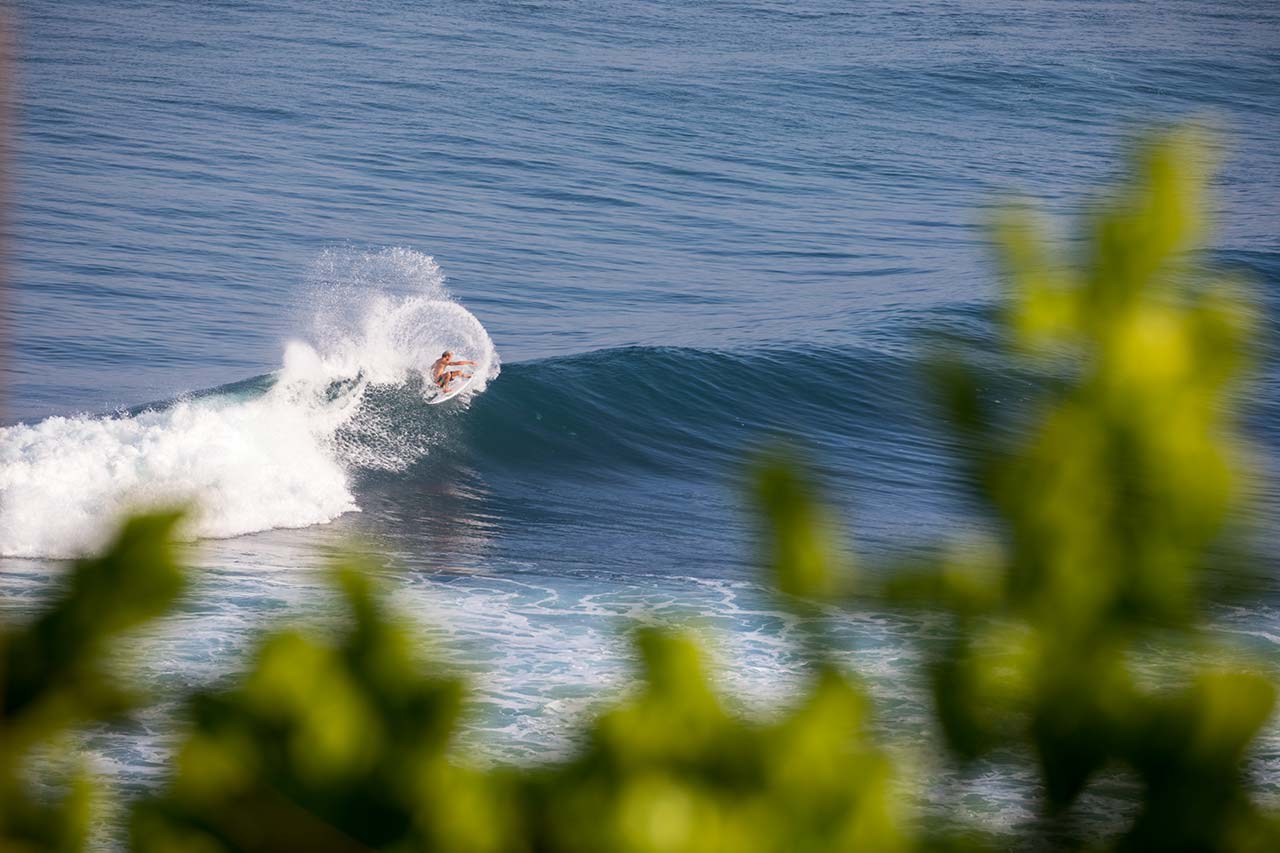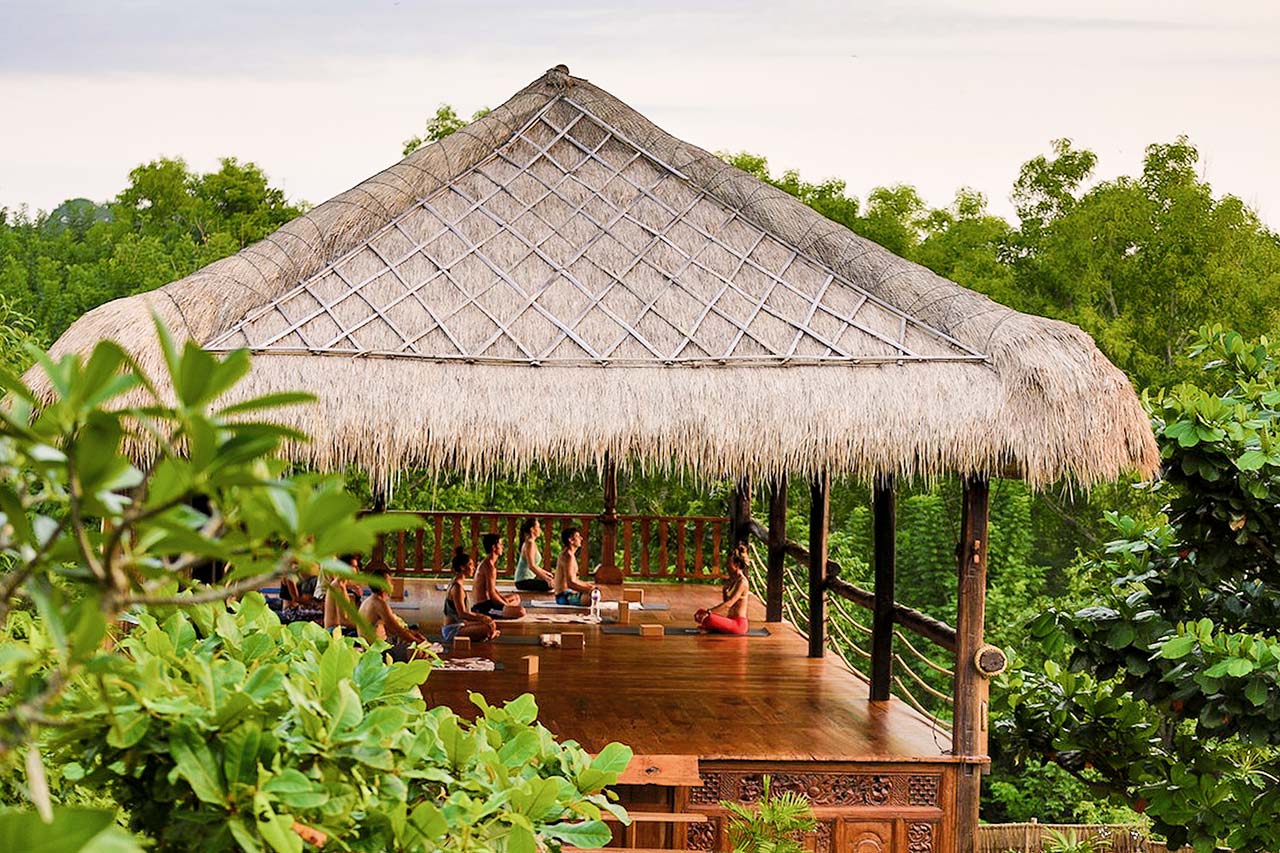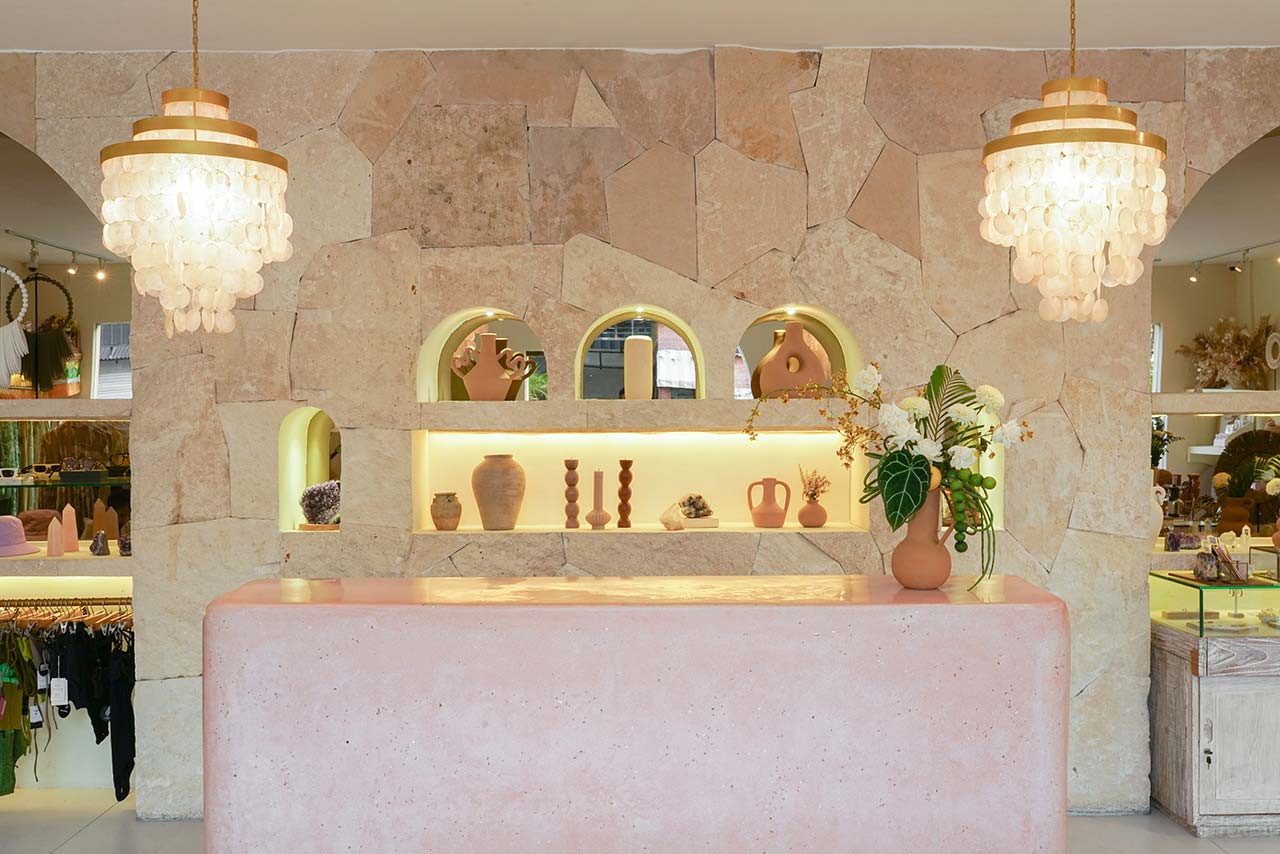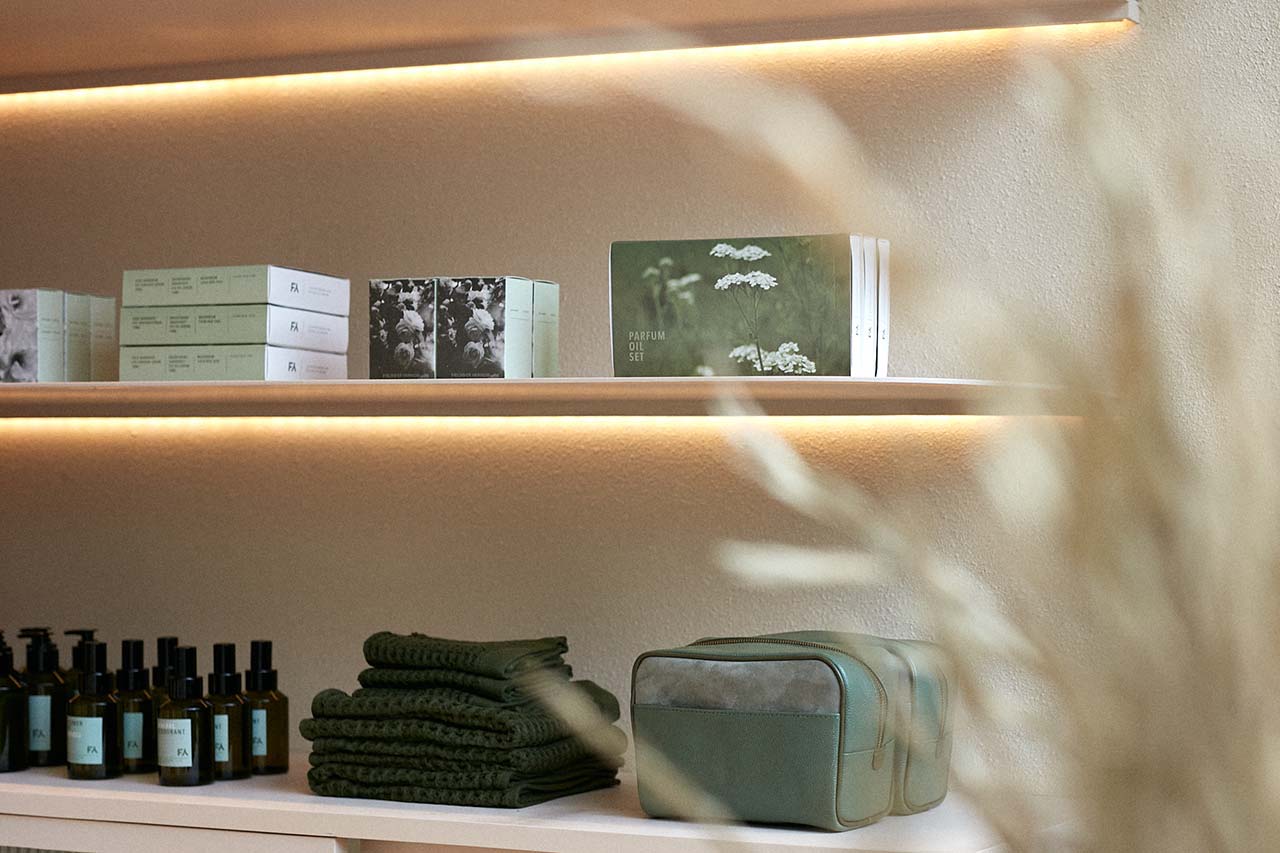Known for its maximalist grandeur, Art Nouveau was all the rage at the turn of the 20th century. The legacy of this glorious movement still rings loud and proud in this Belgian capital, where its nature-inspired ornamentation and whiplash curves permeate its cobblestone streets.
Looking for a way to take in it all in a day? Hop onto the number 92 tram, which weaves north to south of the city and stops by some of the most iconic examples of the style. But to truly luxuriate in the more-is-more decadence of this sensuous movement, grab an Art Nouveau pass and book your visit to some of these seven spectacular stops along the way.
1. Maison Autrique
266 Chaussée de Haecht (Église Saint-Servais stop)
Start your pilgrimage in multicultural Schaerbeek, where legendary Belgian architect Victor Horta’s first independent project, Maison Autrique, stands. Horta’s name is inseparable from Art Nouveau, and the Horta-designed Hôtel Tassel in Brussels is often considered the first example of an Art Nouveau house.
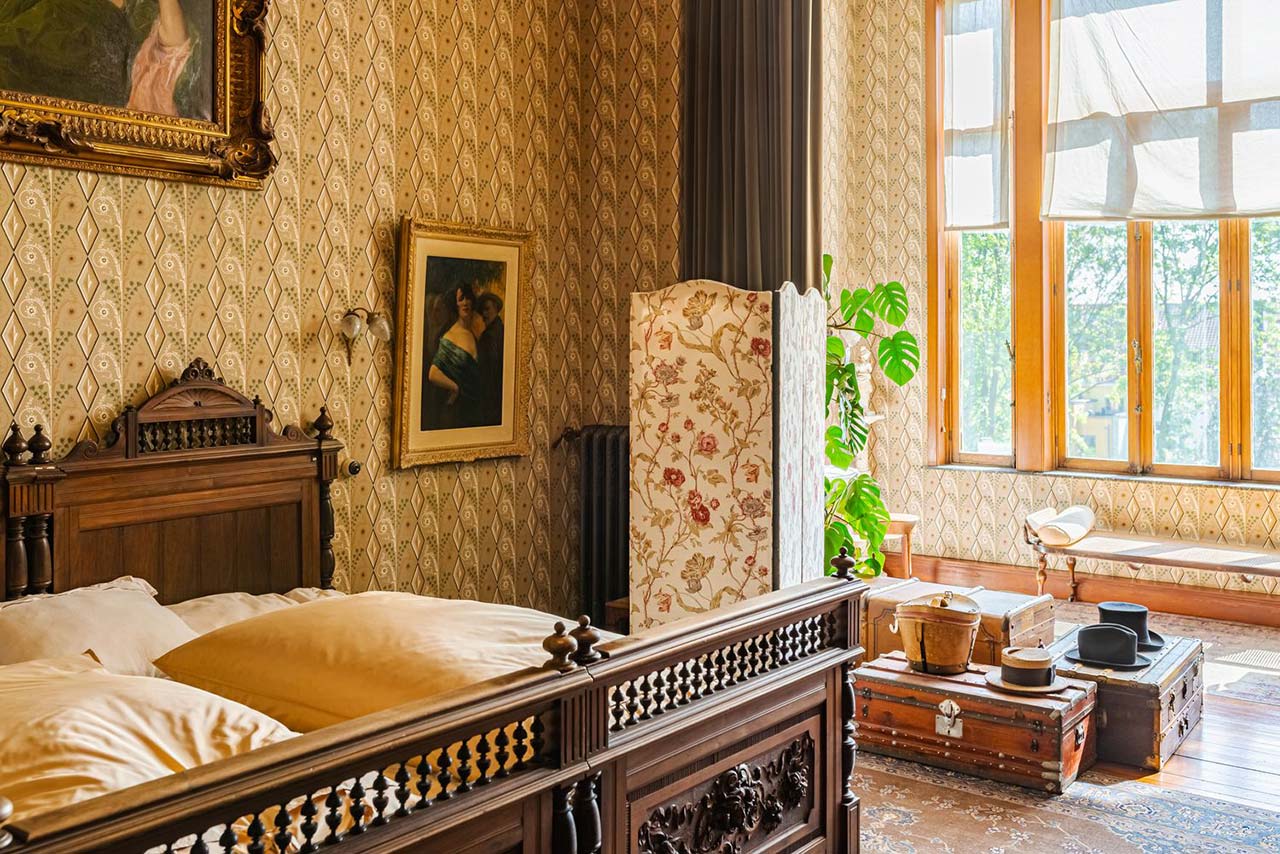
But here in Schaerbeek, one glimpses a younger Horta through his earlier work. Maison Autrique was built in 1893 after his internship with Alphonse Balat, designer of the Royal Greenhouses of Laeken. Commissioned by a friend who worked as an engineer at chemical company Solvay, the building might not look that bold since it had been designed on a tight budget as a functional family home. Yet the maestro’s use of stained glass and mosaics, and the import that he gave to natural light here all laid the groundwork for his later masterpieces.
What’s nearby: La Maison des Arts is an arts hub with a cute bistro and garden. Also close by are the paraphernalia-packed Schaerbeek Beer Museum, and green lung Parc Josaphat.

2. De Ultieme Hallucinatie
316 Rue Royale (Sainte-Marie stop)
This townhouse was originally built in 1841 in the Neoclassical style, but a stunning conversion by architect Paul Hamesse in 1904 turned De Ultieme Hallucinatie into a temple of Art Nouveau, beginning with the façade’s striking bow window and balcony. Today, it’s a classy brasserie turning out excellent moules-frites (mussels and fries) and croquettes, and diners sit on benches originally designed by Art Nouveau great Henri Van de Velde for the Belgian railways. On select Saturdays, they run guided tours where you follow in the footsteps of a mischievous detective as you delve into the building’s mysteries.
What’s nearby: Botanique is both a fashionable cultural centre known for its hip concert programming, and a botanical garden where 40 types of irises bloom in spring.
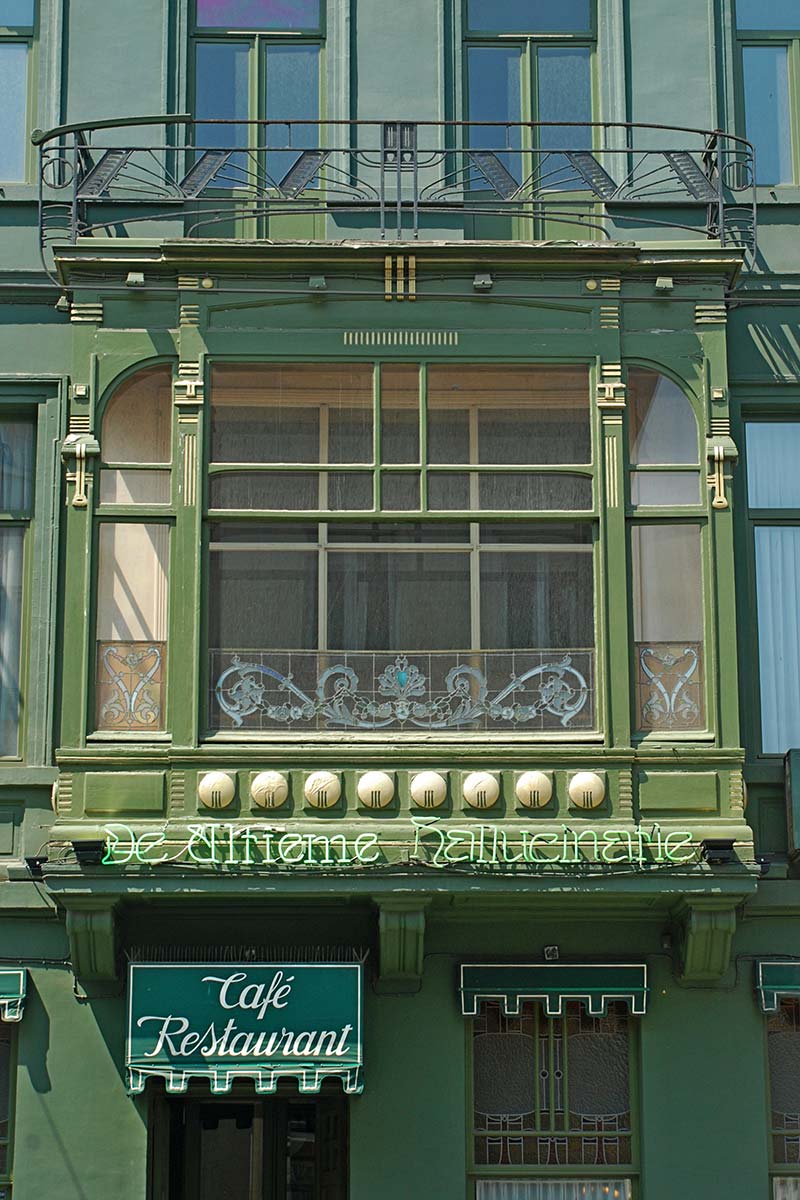
3. Musical Instruments Museum (MIM)
2 Rue Montagne de la Cour (Palais stop)
Amongst the city’s most photogenic façades, the eye-popping building housing the Musical Instruments Museum (MIM) outshines its more sombre neighbours in the cultural Mont des Arts district. This structure girded in steel and glass was constructed in 1899 by architect Paul Saintenoy, and formerly housed a fashion boutique. Saintenoy took as his influences the works of better-known Art Nouveau masters like Horta and Paul Hankar, alongside the theories of Eugène Viollet-le-Duc, known for restoring Gothic buildings.
What’s nearby: Grab a cocktail at super-stylish bar La Pharmacie Anglaise, take in the sweeping views from the Mont des Arts or catch a DJ set at cool hangout Kiosk Radio, in the Parc de Bruxelles.
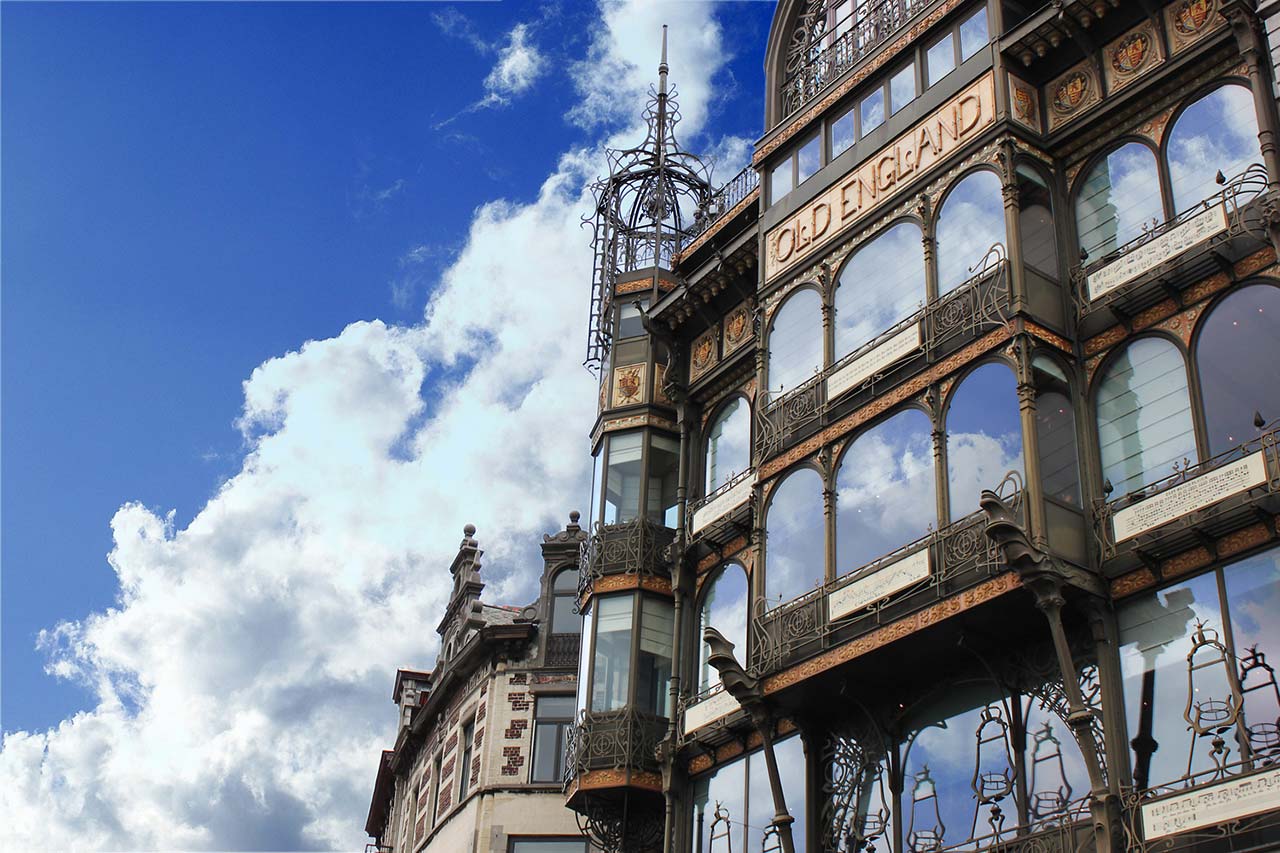
4. Hôtel Tassel
6 Rue Paul-Emile Janson (Faider stop)
Horta designed the UNESCO-listed Hôtel Tassel for fellow freemason Émile Tassel, in the same year in which he completed Maison Autrique. It’s considered the first truly iconic Art Nouveau building, overflowing with all the hallmarks of the style: a vivid palette, agile ironwork, stained-glass windows and mosaic flooring. Getting in is still a bit tricky, but Explore.Brussels runs tours of the mansion. They also organise the Brussels Art Nouveau & Art Deco (BANAD) Festival in March, a good time to visit for fans of Art Nouveau and Art Deco.
What’s nearby: Grab a beer at Brussels Beer Project’s Bailli taproom, or scope out contemporary art at ice-rink-turned-gallery La Patinoire Royale.

5. Hôtel Solvay
224 Avenue Louise (Janson stop)
Buoyed by the success of the Hôtel Tassel, Horta undertook this commission for Armand Solvay, who granted him carte blanche for the project. The architect oversaw every single detail of Hôtel Solvay, from its furniture to the carpets, to its tableware and even the doorbell, delighting in the use of lavish materials like onyx and bronze. This opulent UNESCO World Heritage site is open for both self-exploratory and guided tours, though its façade is currently being renovated. Check its website for time slots – you’ll want to reserve well ahead of time.
What’s nearby: You’re a 10-minute walk from both Flagey, a cultural centre dedicated to music and images, and popular picnic spot the Ixelles Ponds.

6. Horta Museum
27 Rue Américaine (Janson stop)
Horta Museum is a combination of two adjoining buildings that house the Art Nouveau master’s own private house and studio, and a necessary stop along this tram ride. Built between 1898 to 1901, the interiors are a joy to behold, with each element working in harmony, from the spiral staircase to the wall paintings. It’s possible to arrange to consult Horta’s personal archive and library, and the museum also holds regular exhibitions. Visits must be booked in advance; there’s free entrance on the first Sunday of the month.
What’s nearby: Replenish your sugar levels with a pastel de nata (Portuguese egg tart) at Forcado Pastelaria, or a delightfully decorated cupcake from Lilicup, then kick back with a drink at neighbourhood favourite Supra Bailly.

7. Maison Hannon
1 Avenue de la Jonction (Ma Campagne or Darwin stop)
This sublime corner house was long closed to the public, but Maison Hannon has recently reopened as a museum. The architect Jules Brunfaut only created one Art Nouveau building – but what a house it is. In its design, Brunfaut fuses the interests of the couple who commissioned it: aesthete Édouard Hannon, and his botany-loving wife Marie. The spectacular indoor greenhouse literally spills over into the façade, while Symbolist frescoes and bas-relief panels add to the otherworldly atmosphere.
What’s nearby: Check out the health-conscious yet delicious menu at brunch hotspot The Wild Lab, or stop by cocktail haunt The Modern Alchemist for a tipple.


To learn more about Singapore Airlines’ flights to Brussels, visit the official website.
The post The best way to explore Brussels’ opulent Art Nouveau past is on a streetcar appeared first on SilverKris.
from SilverKris
